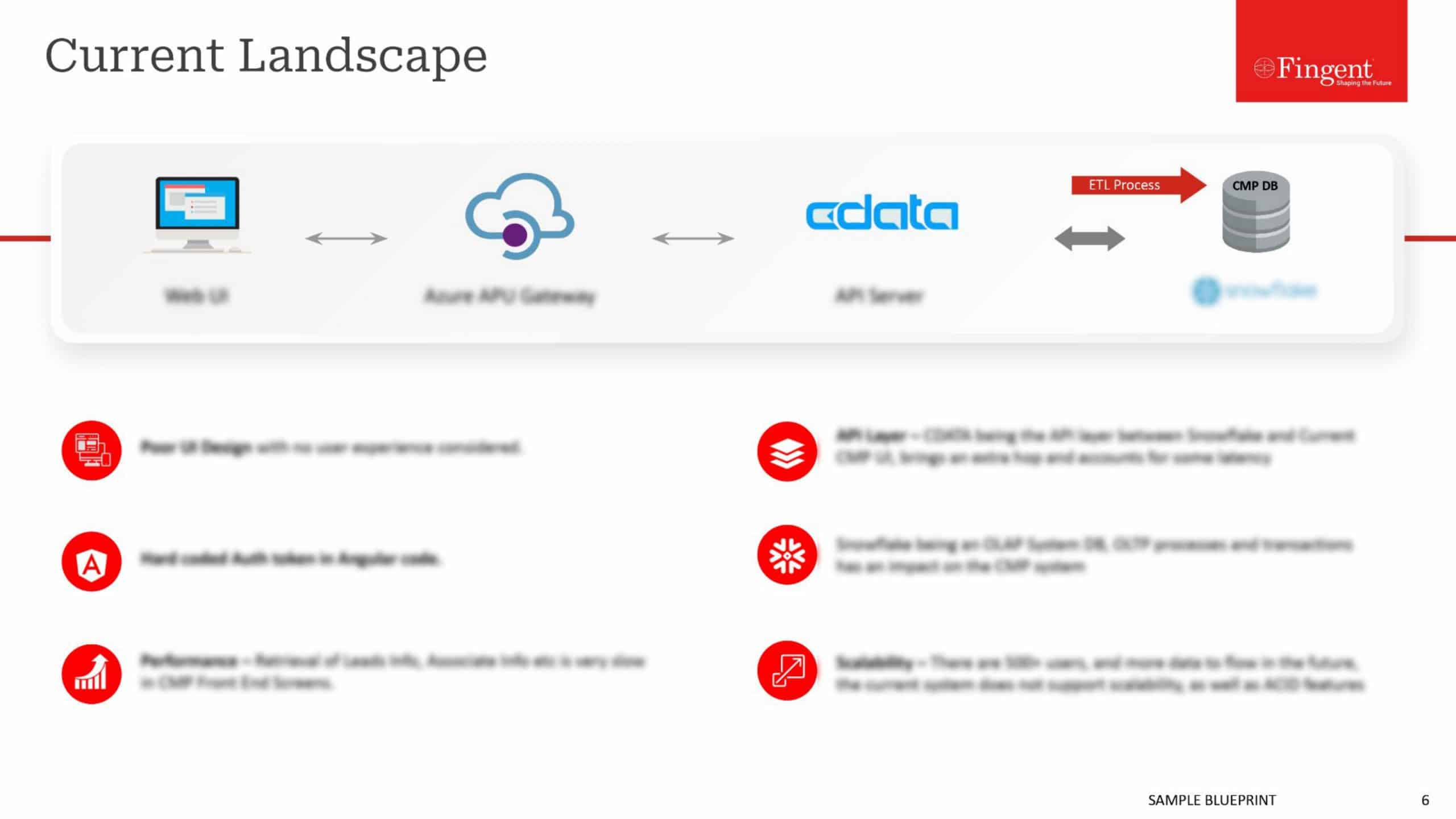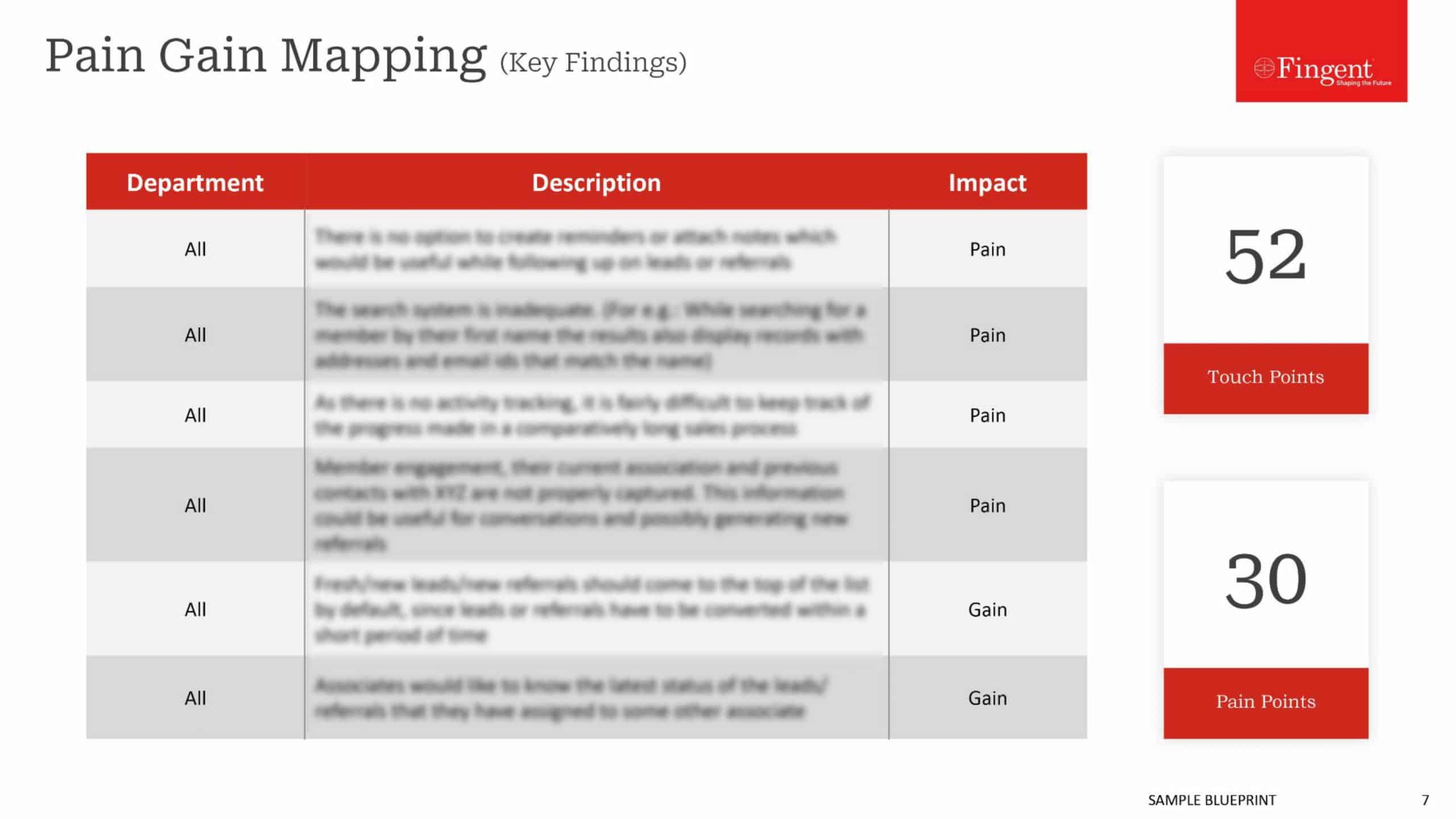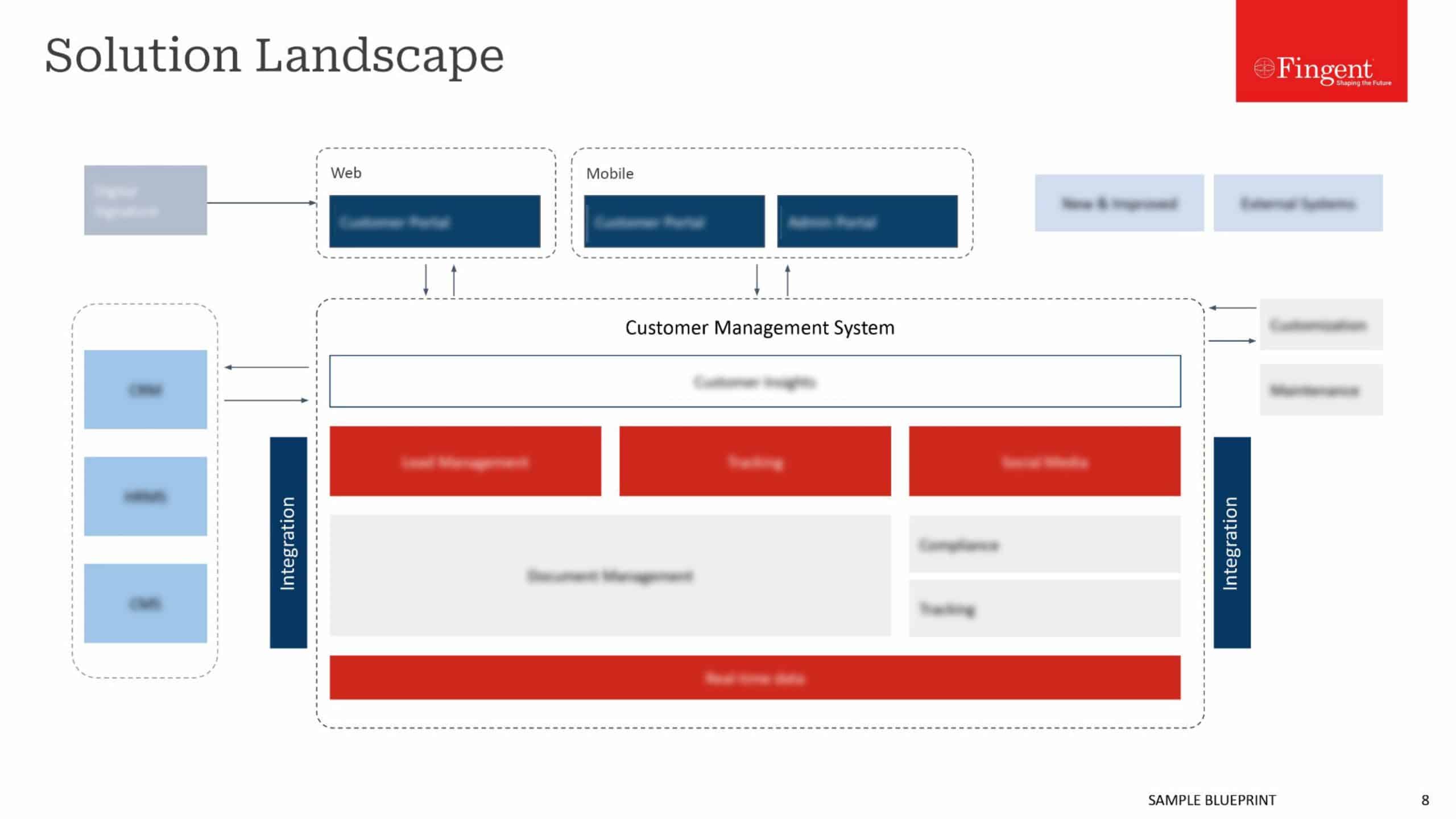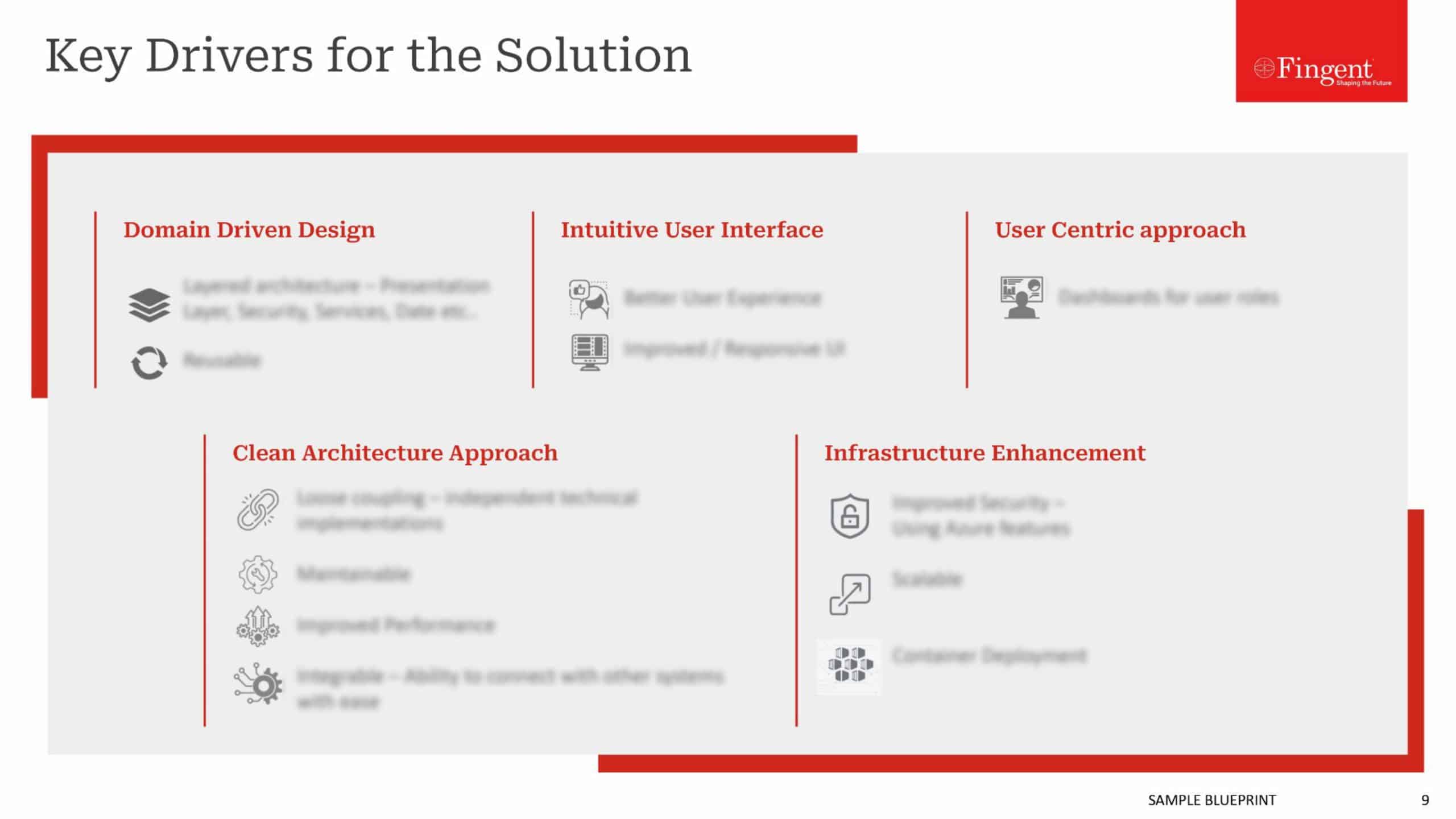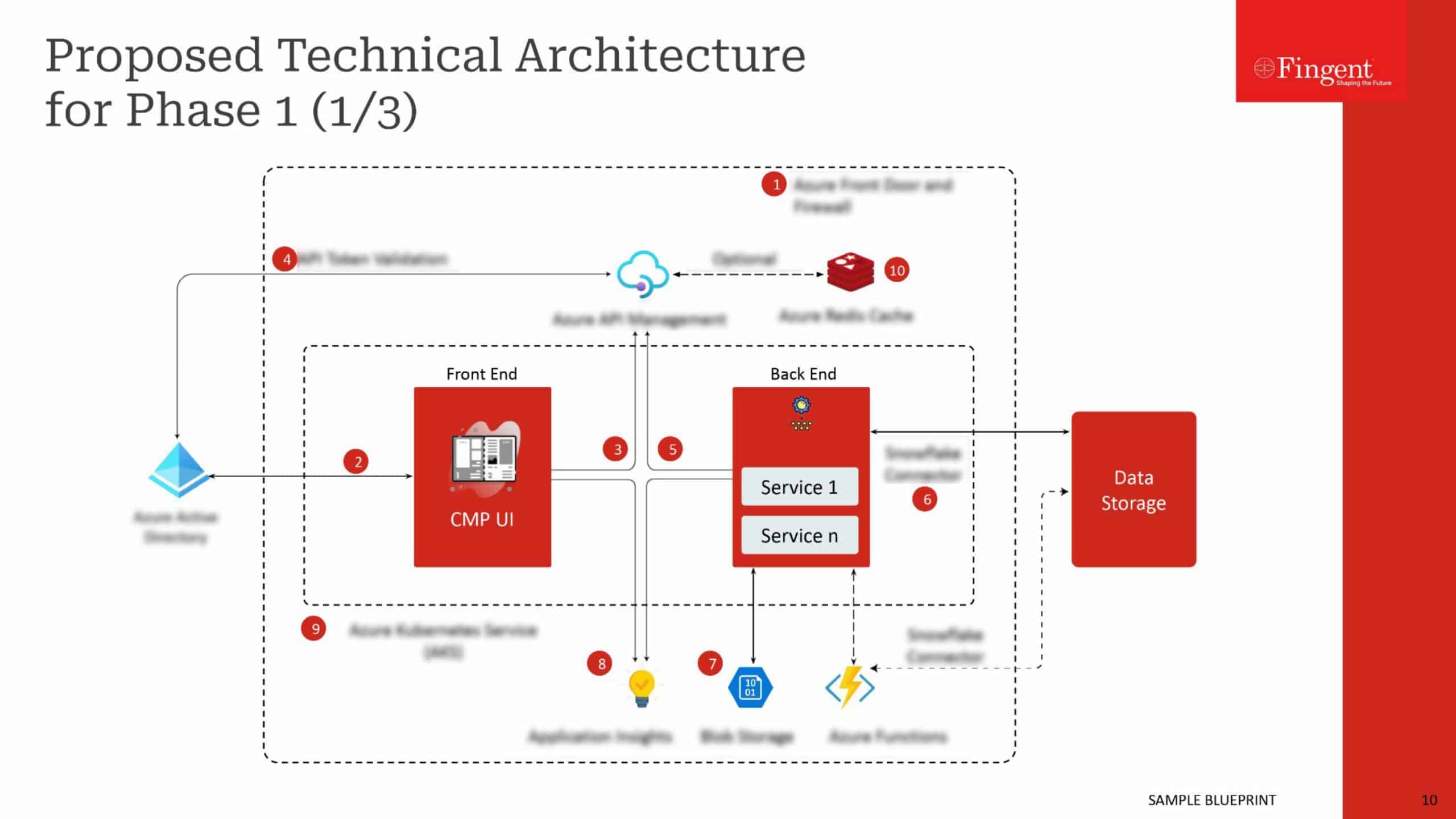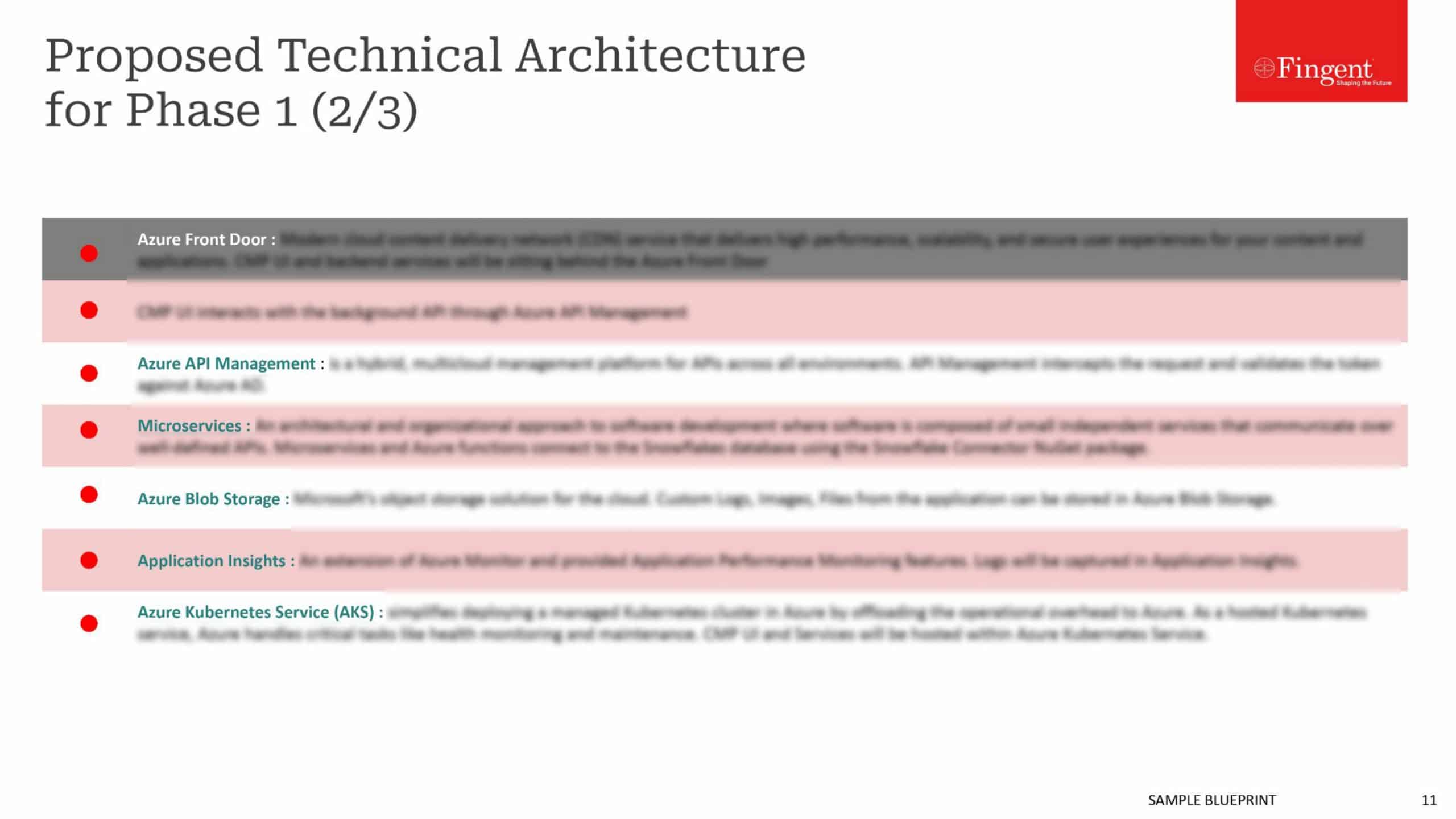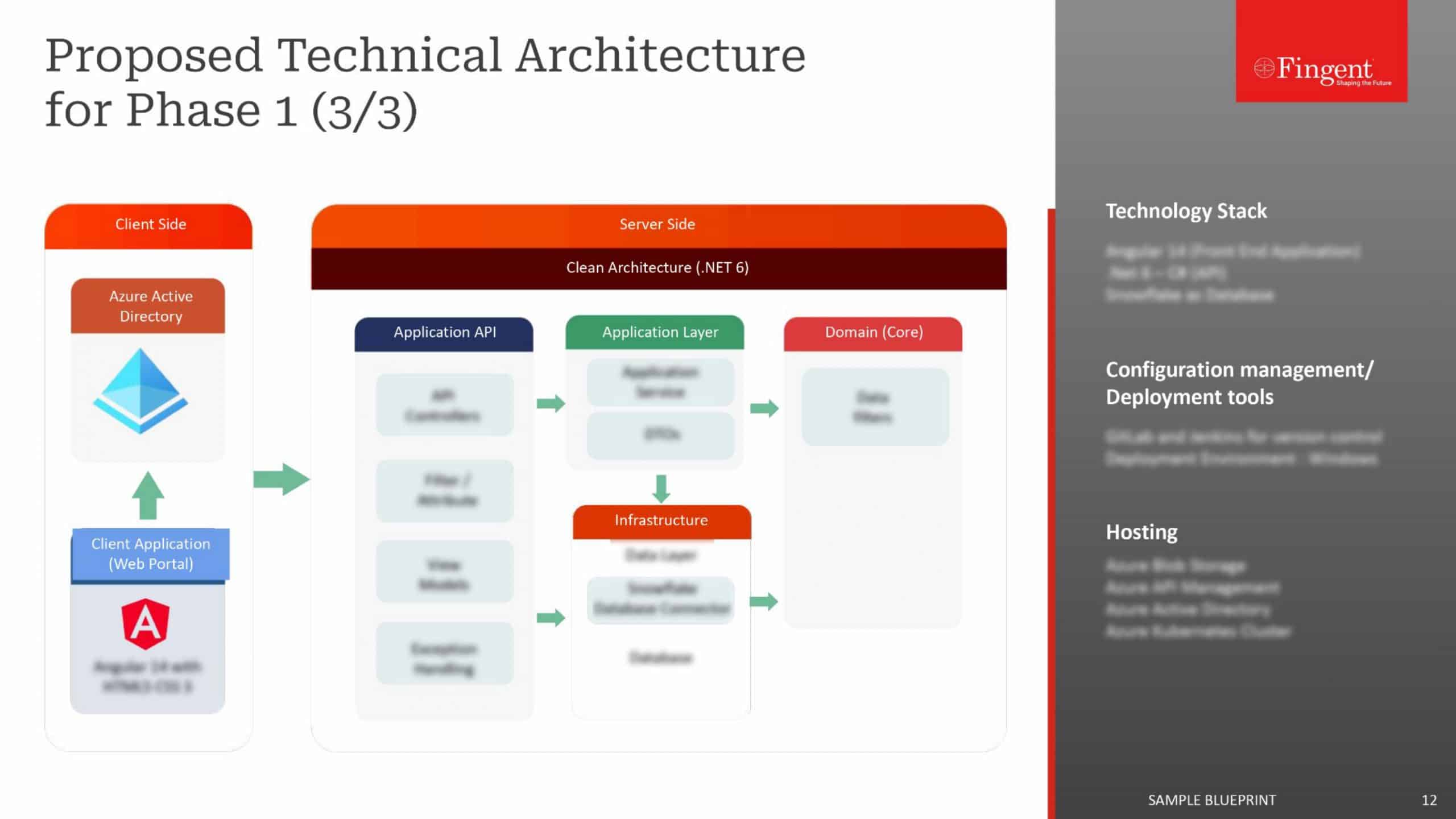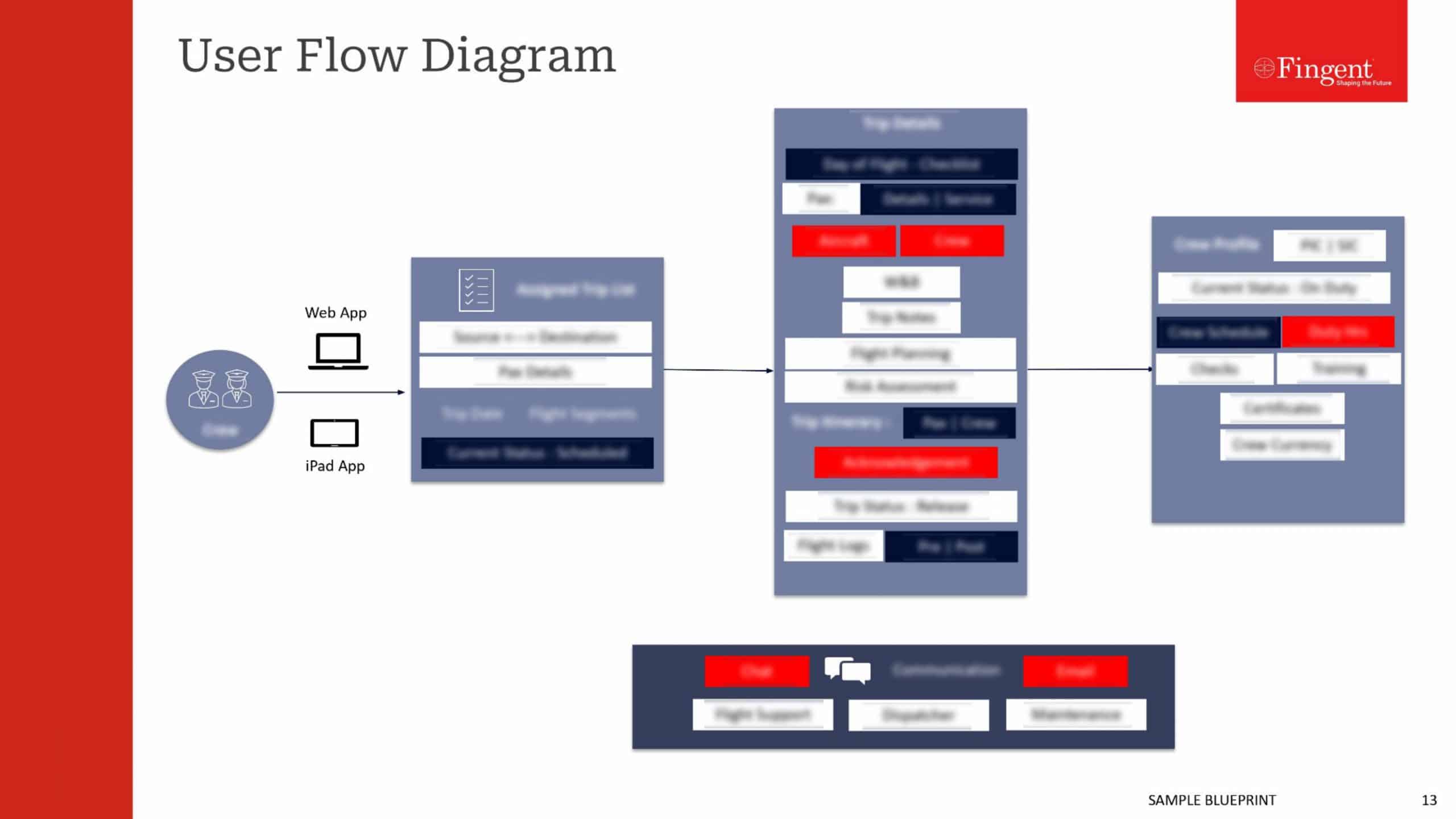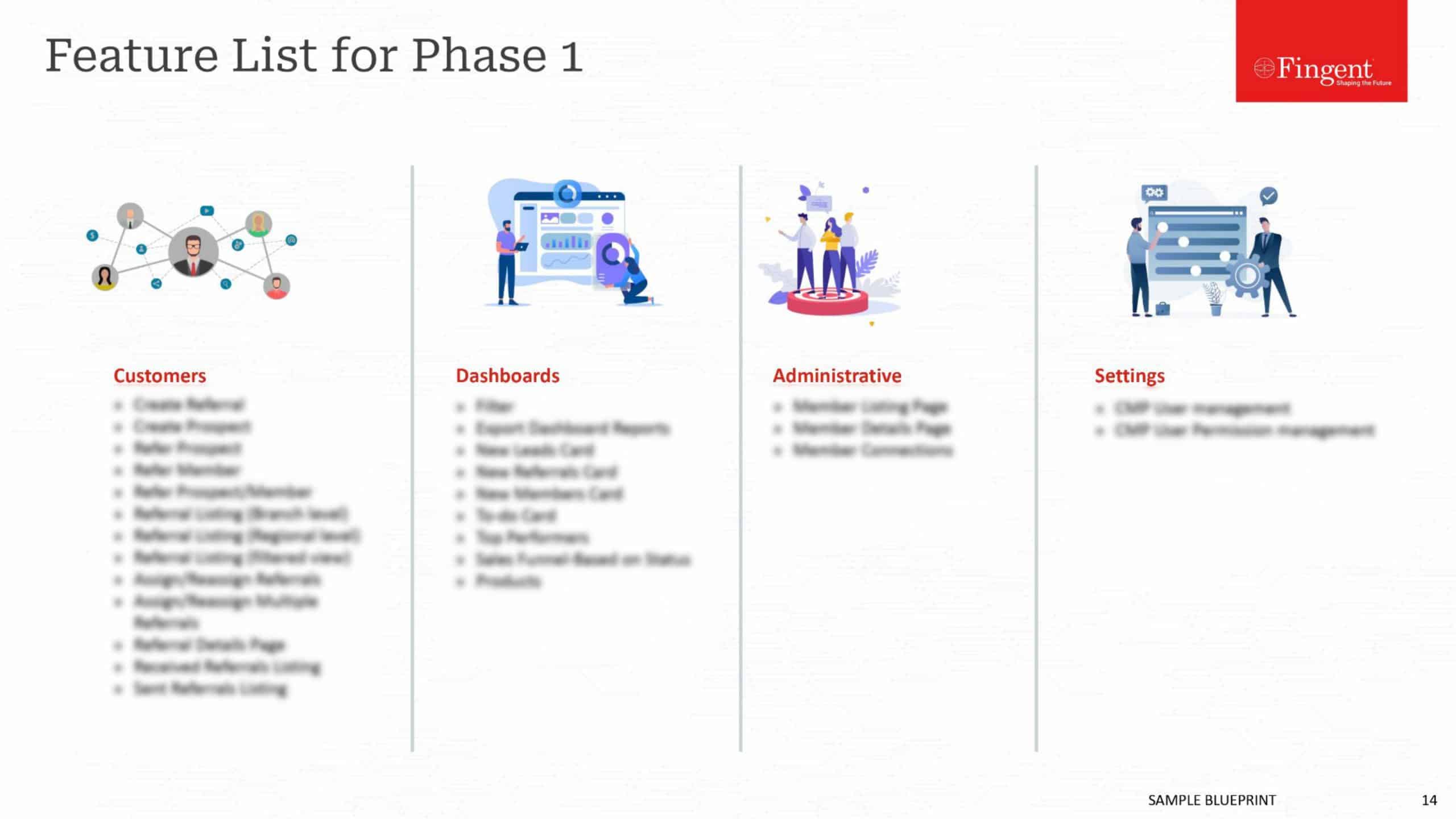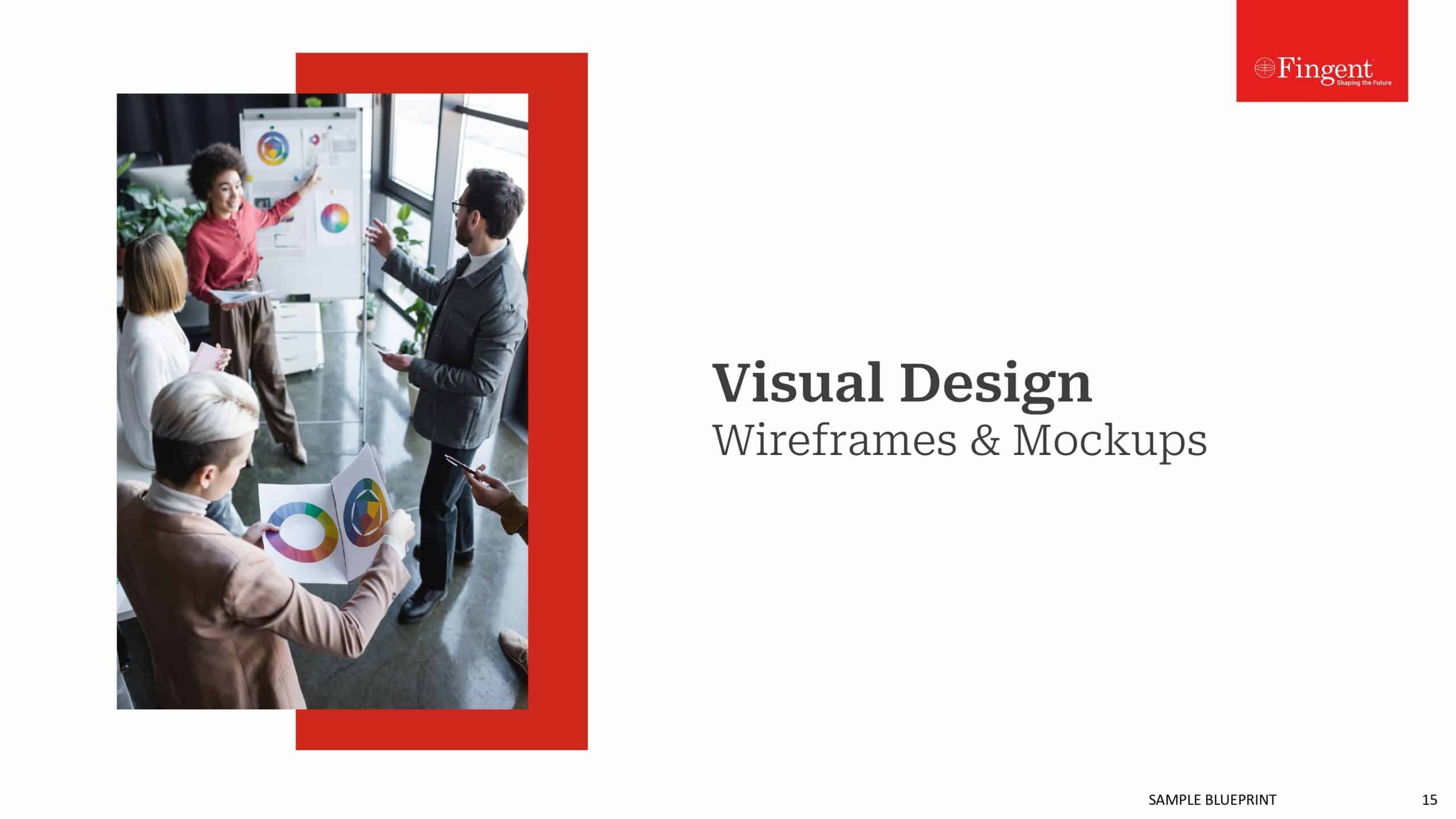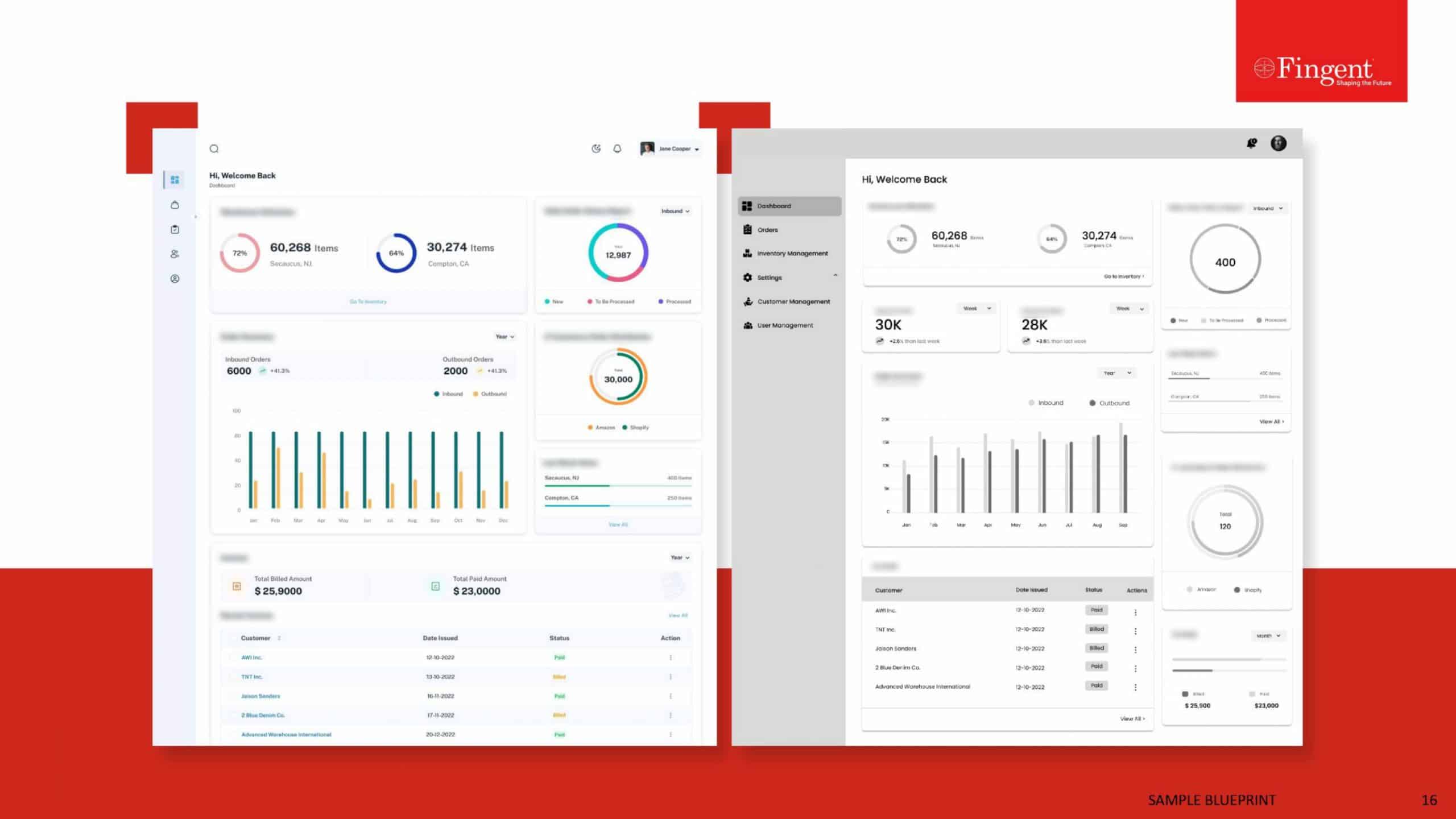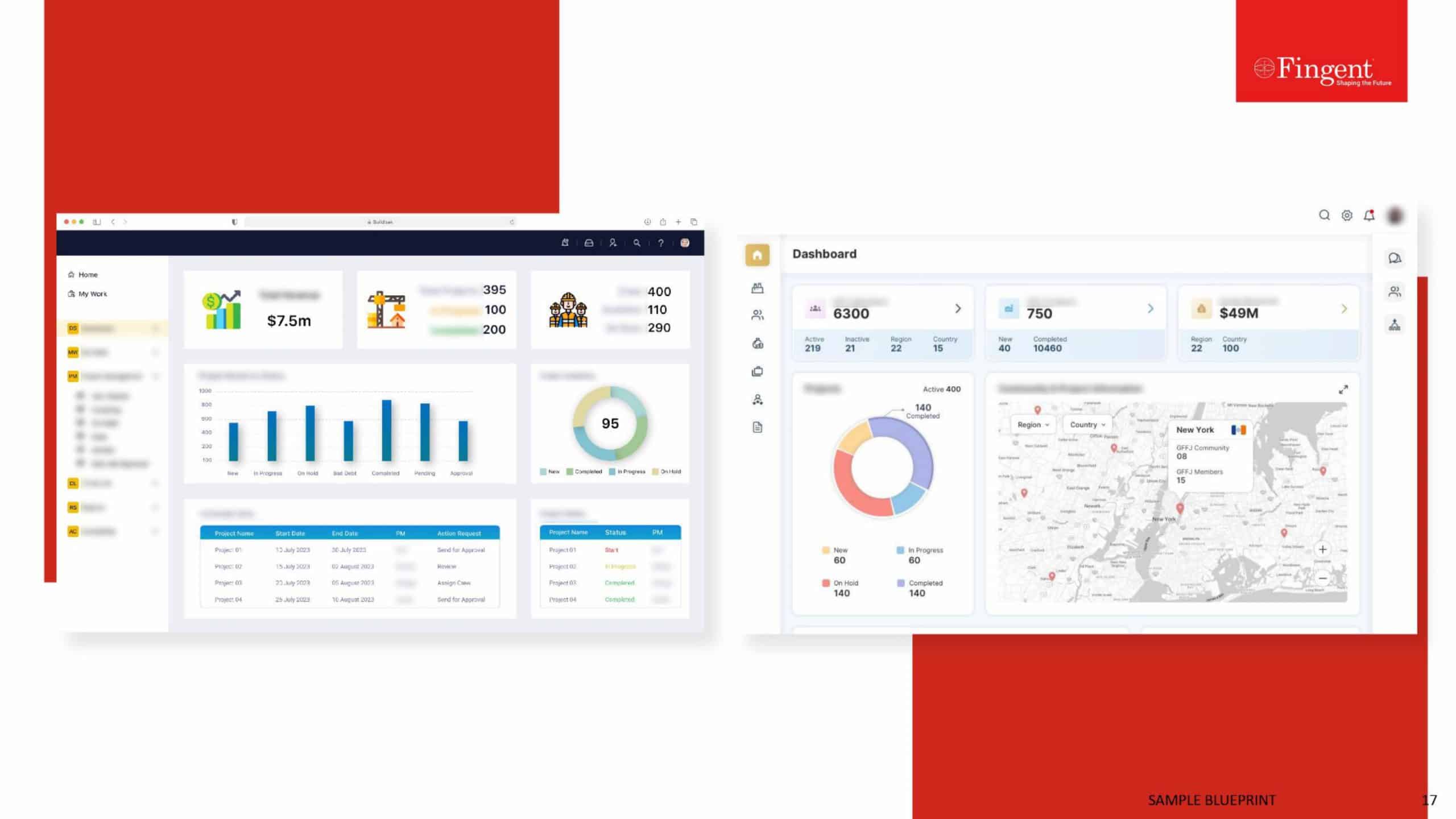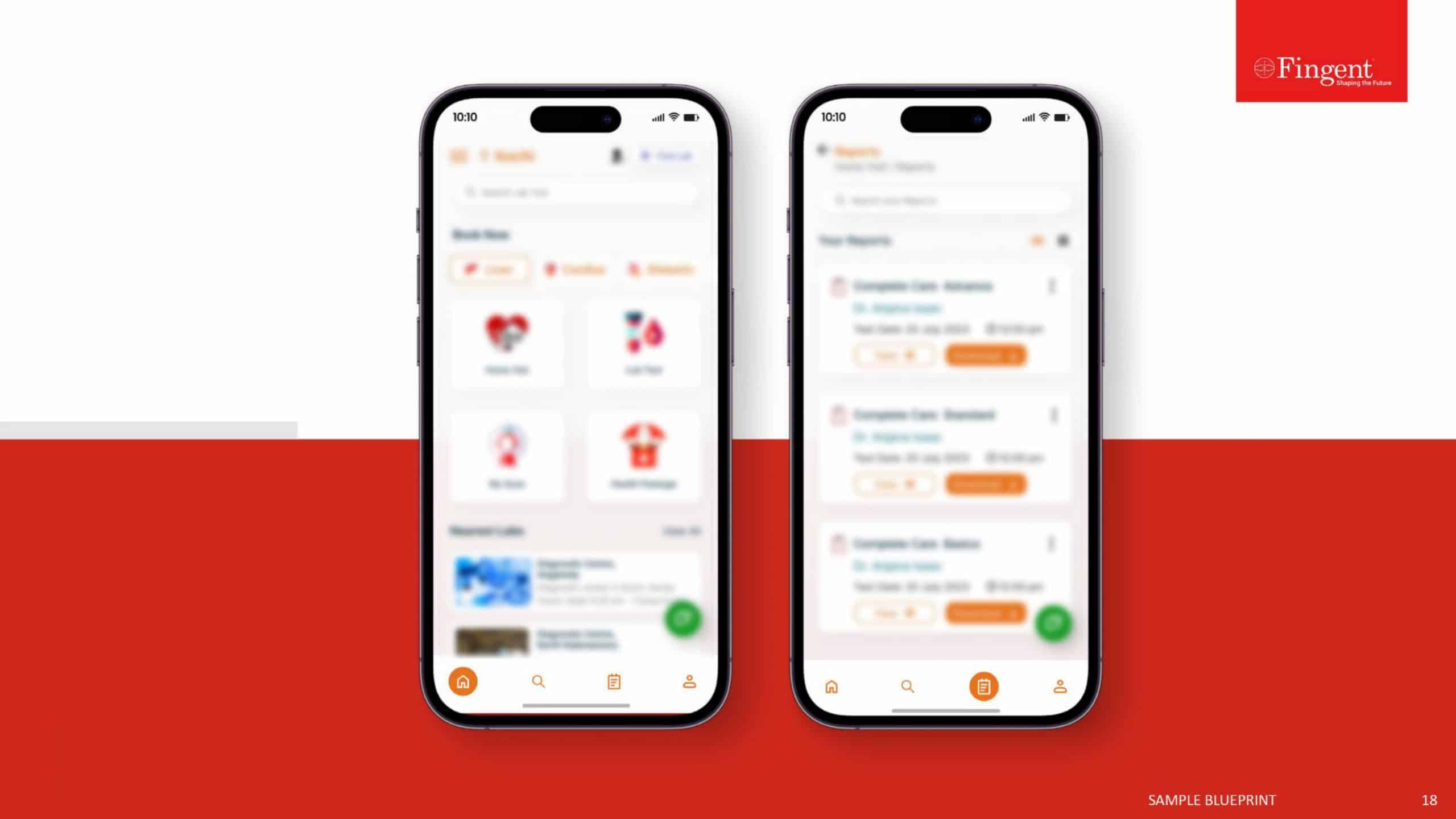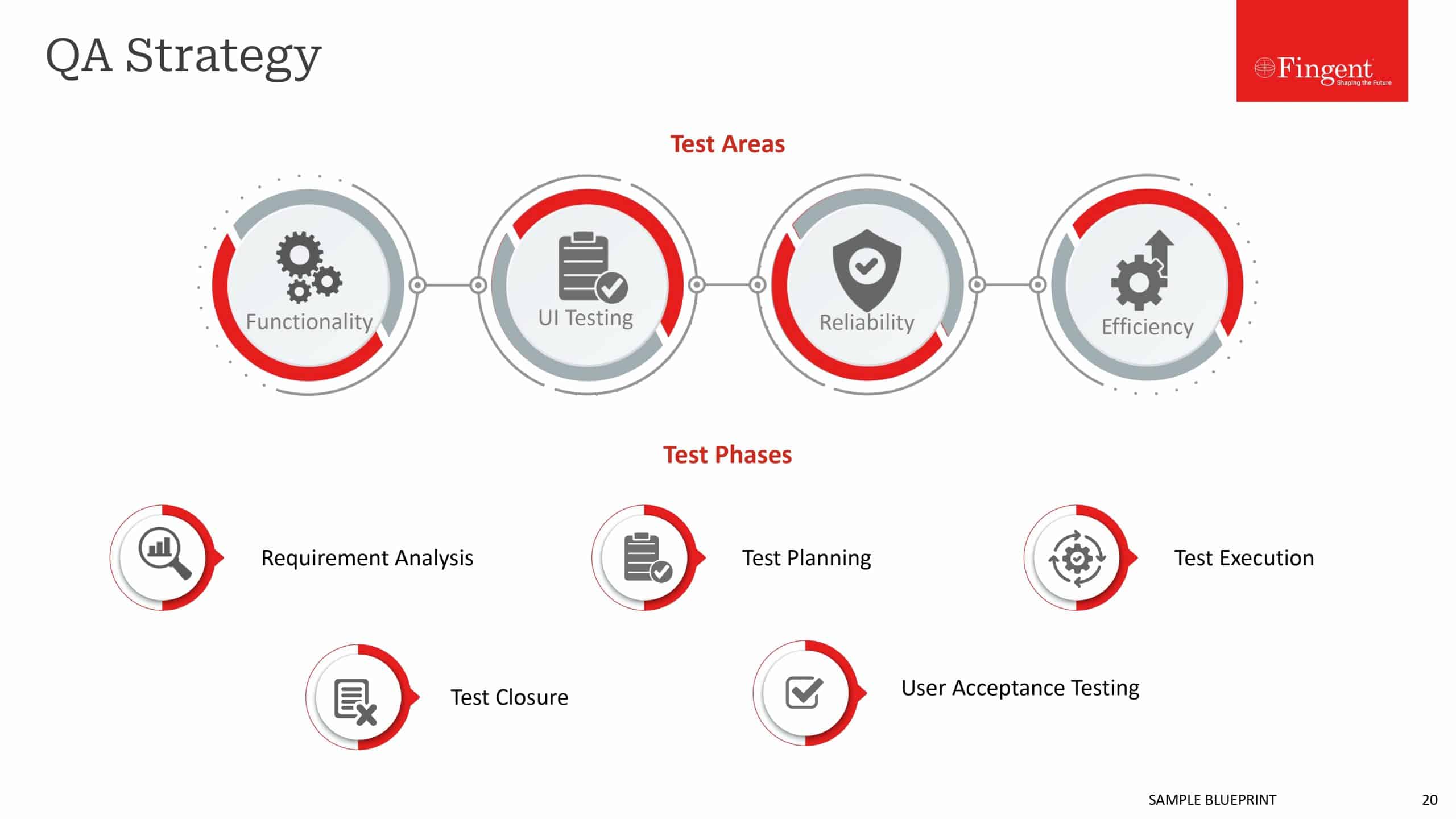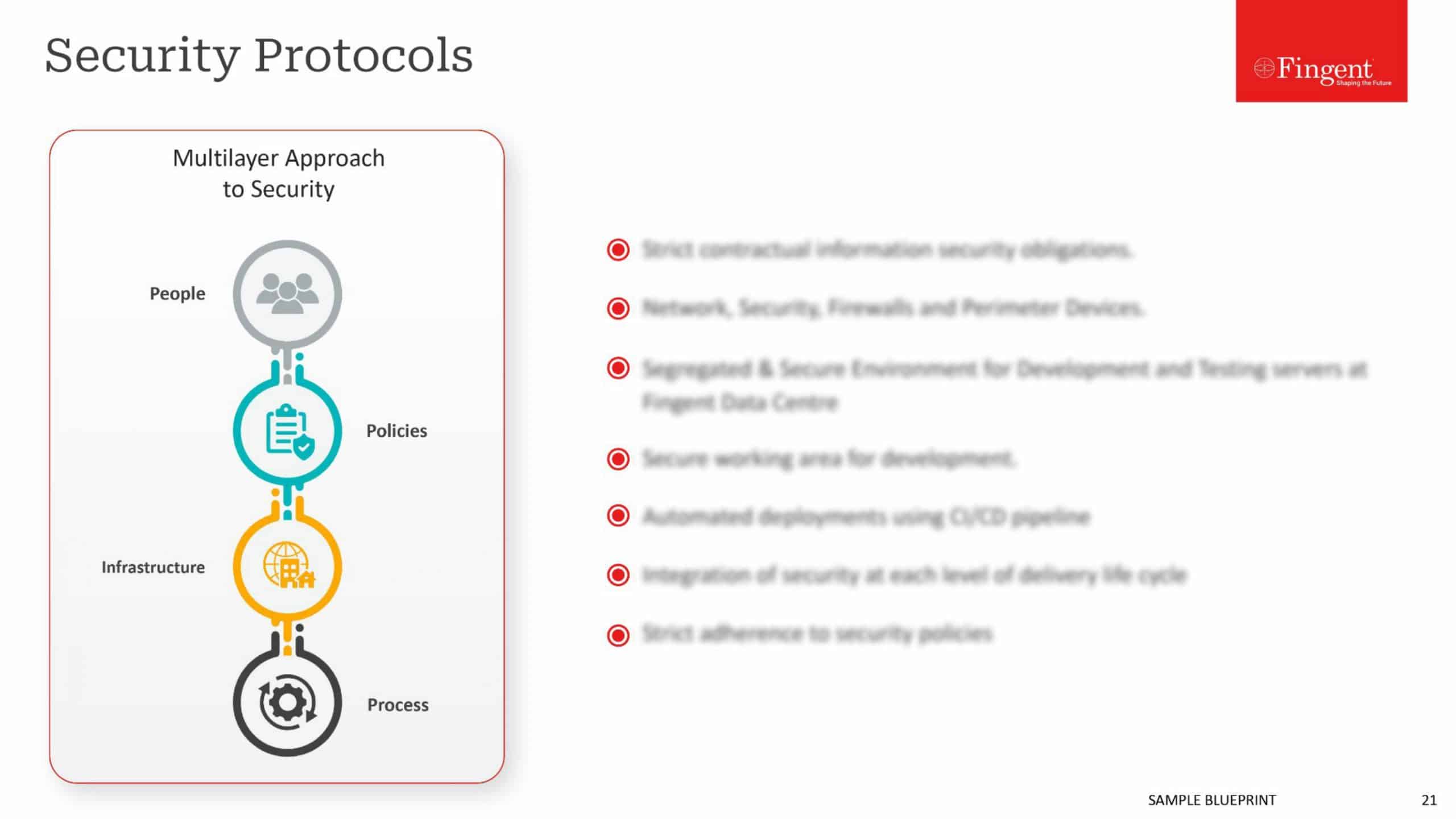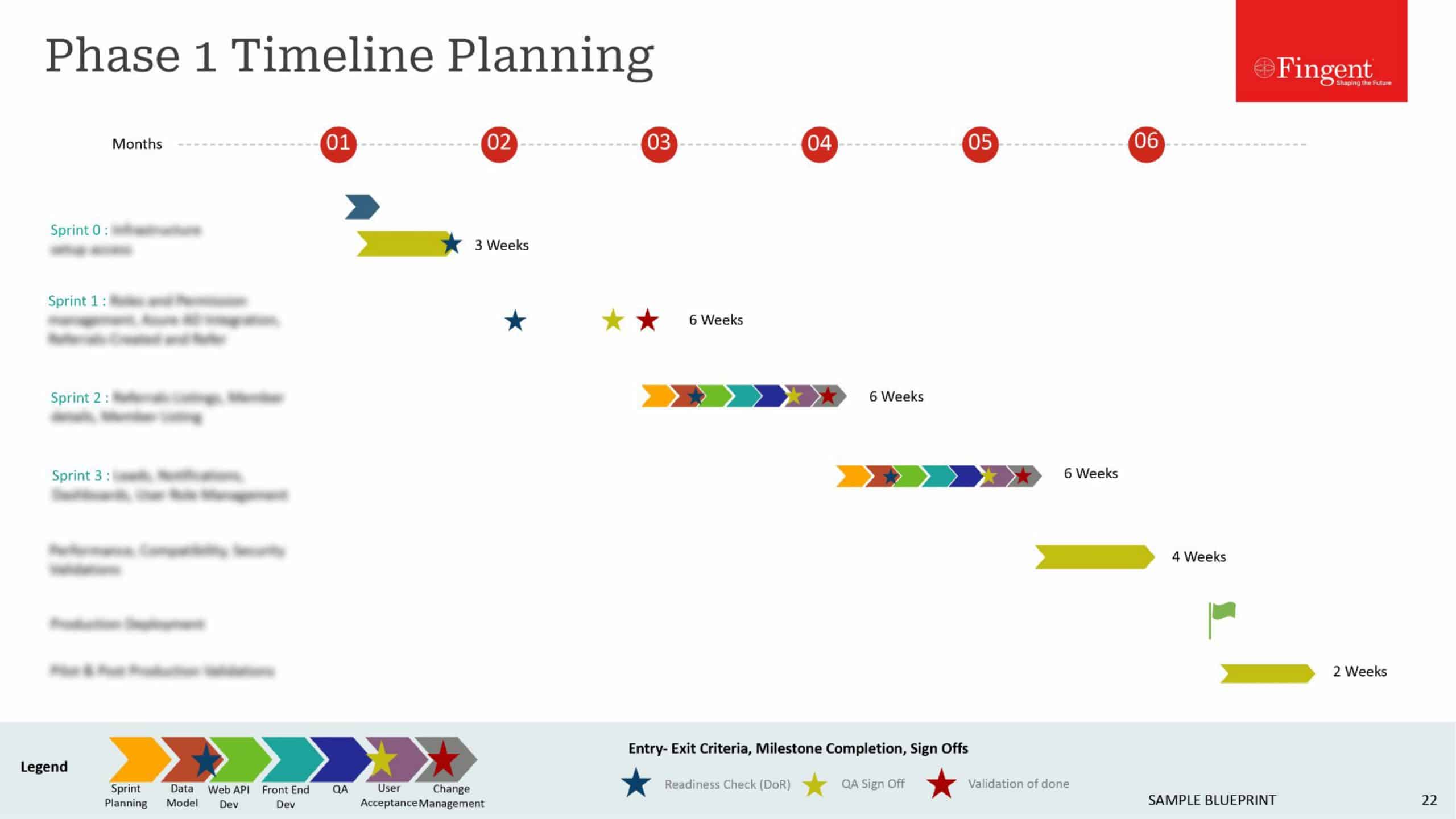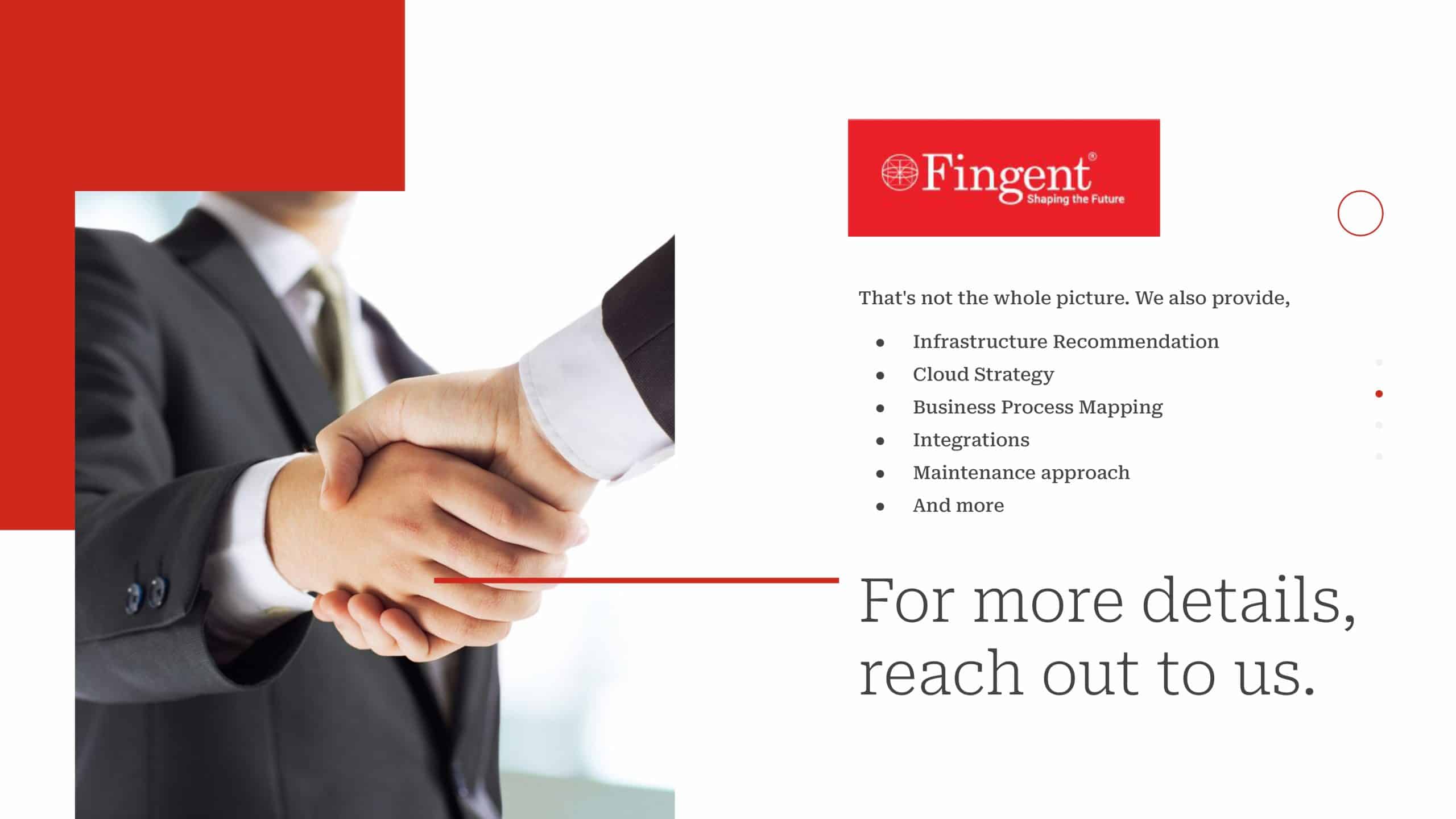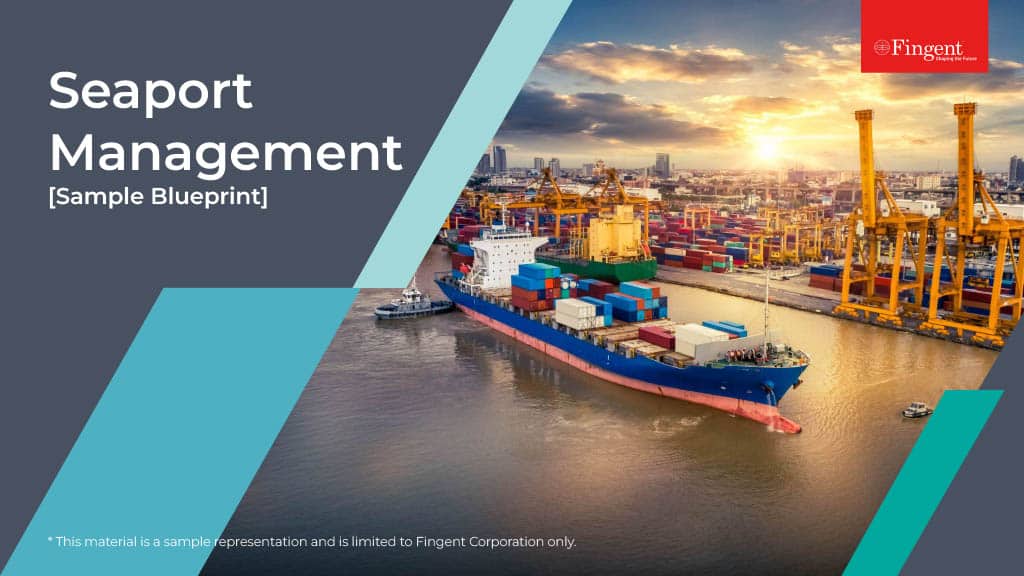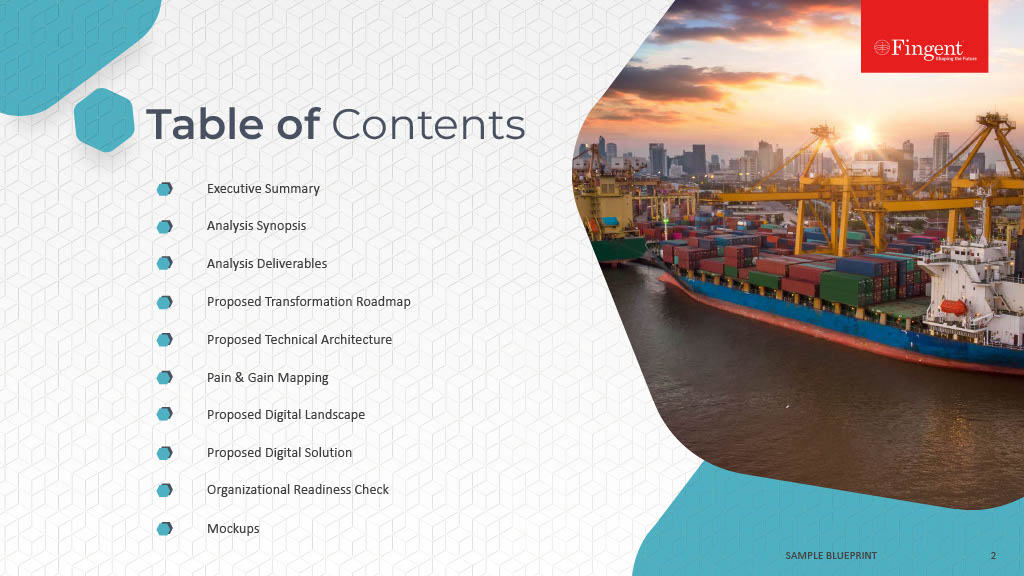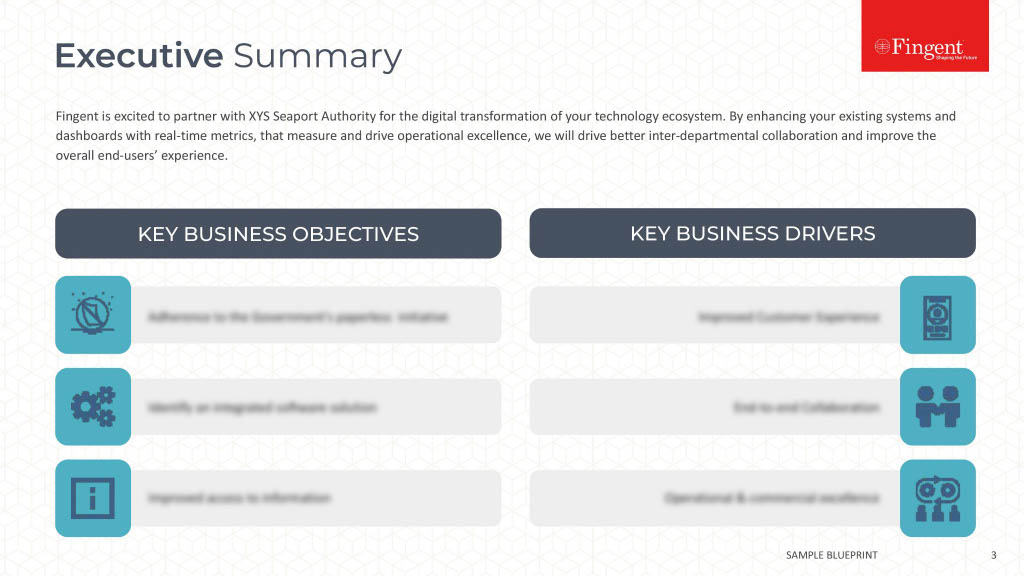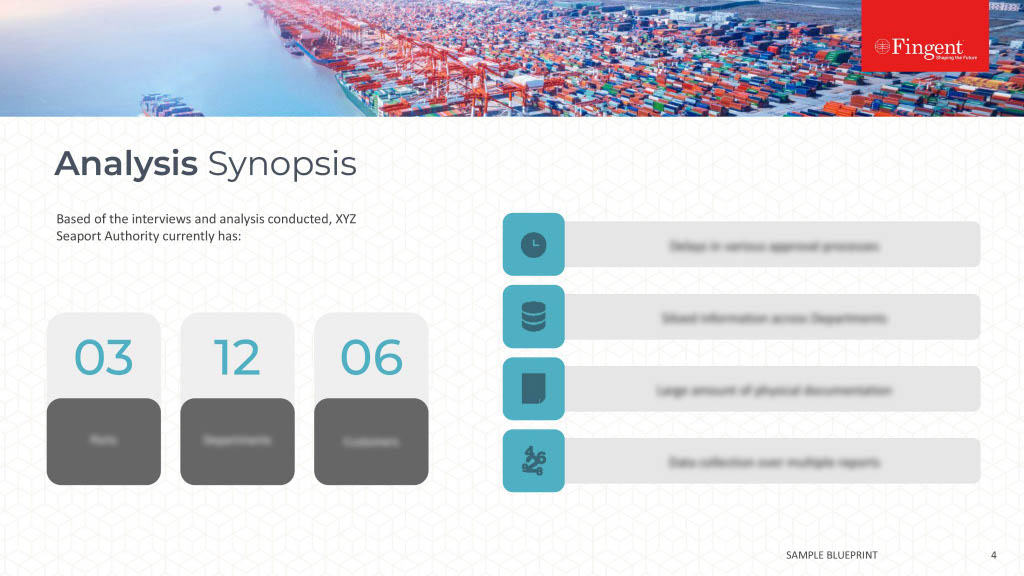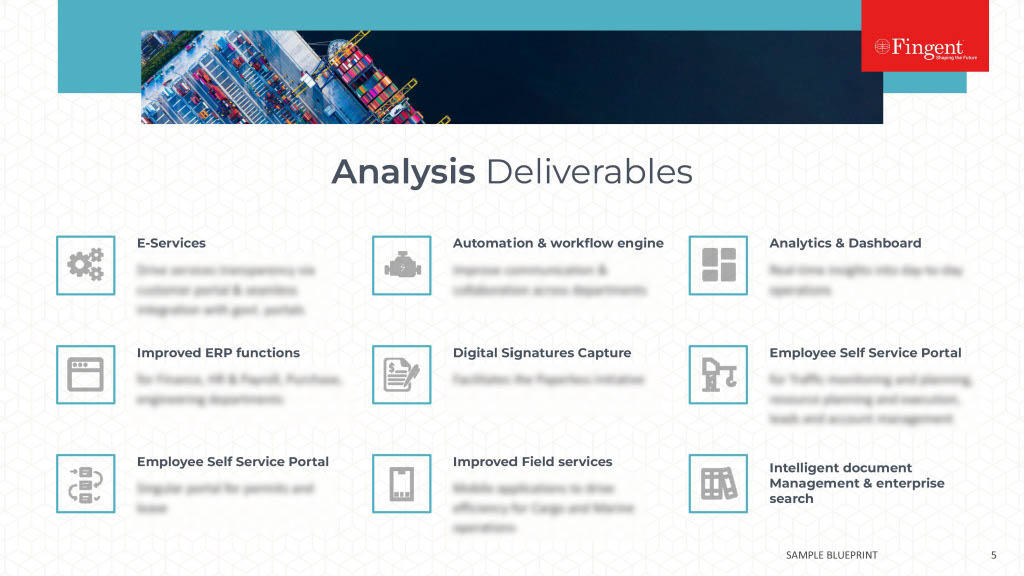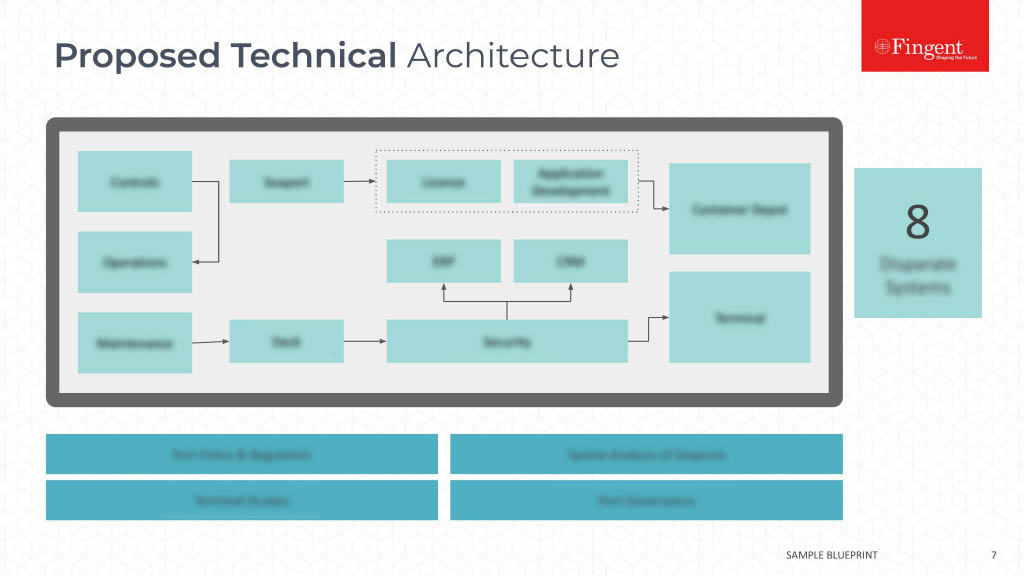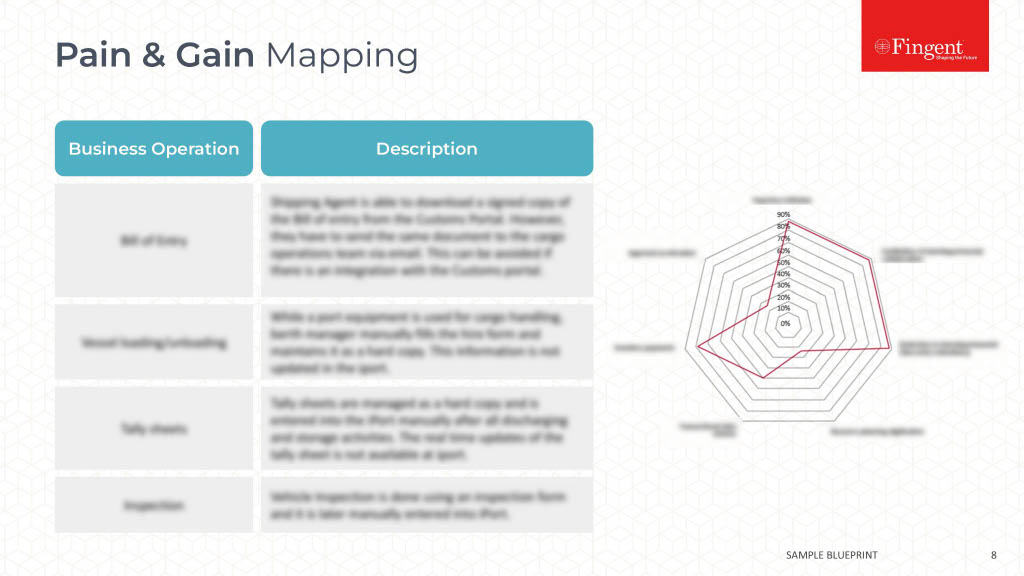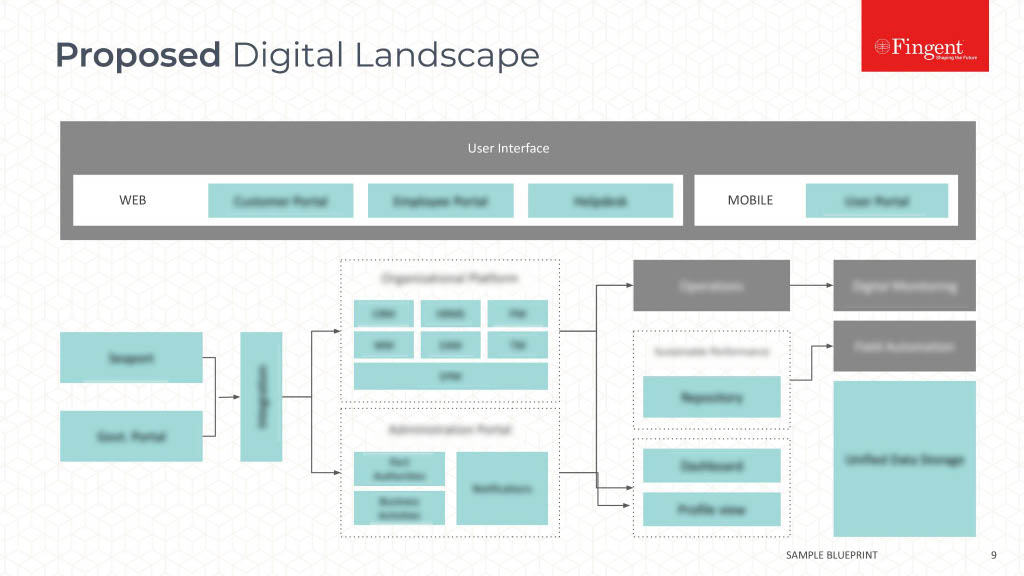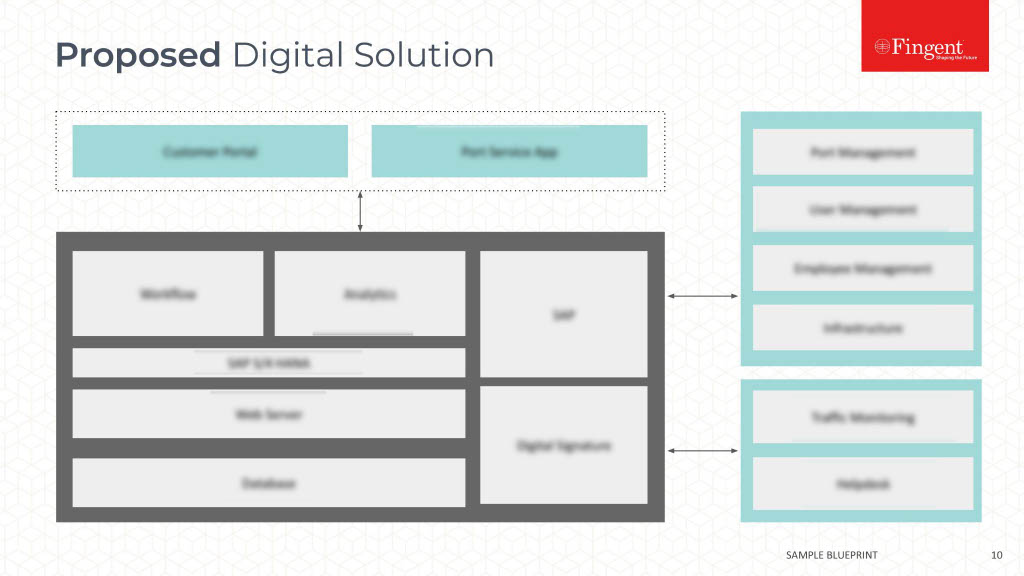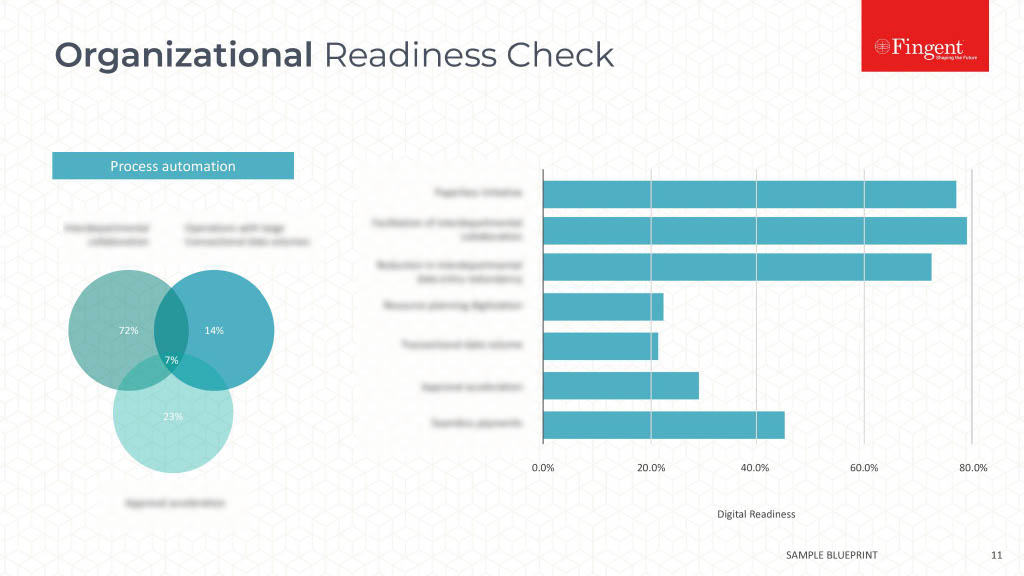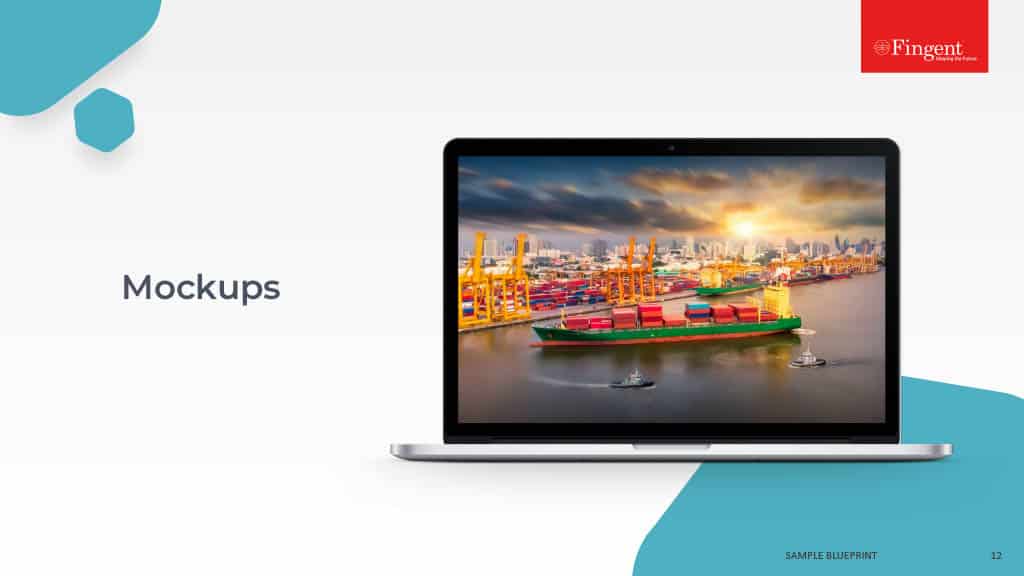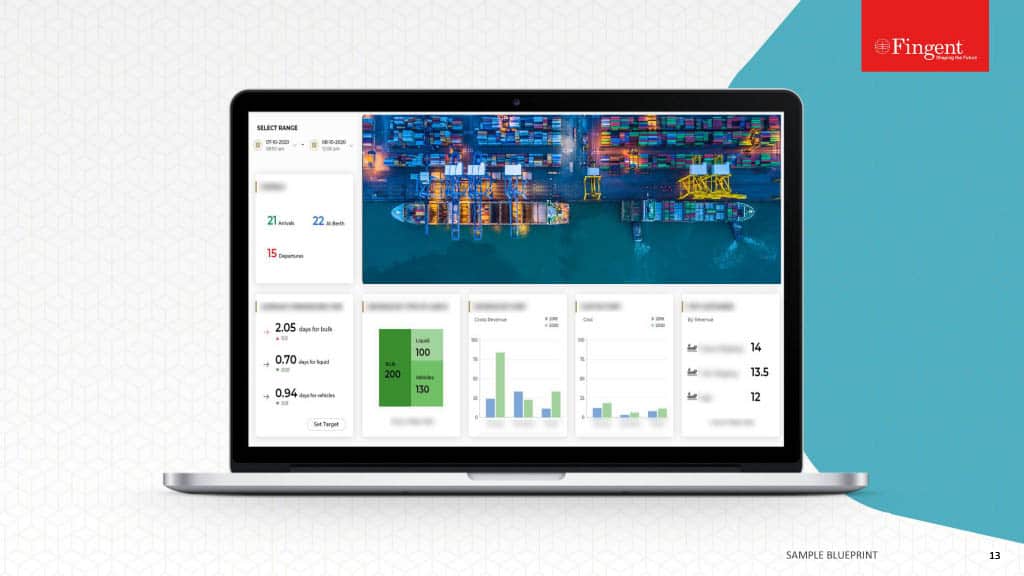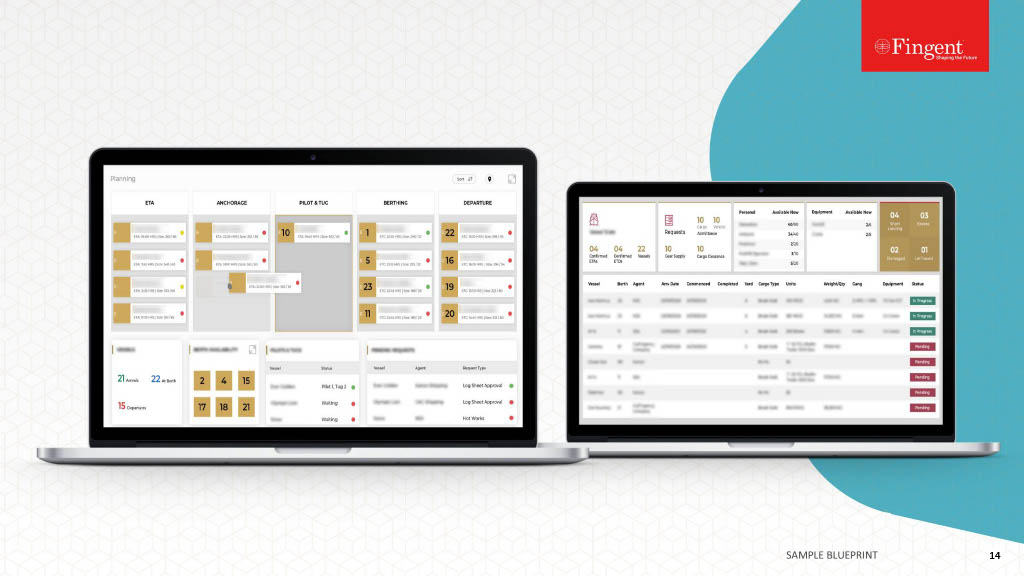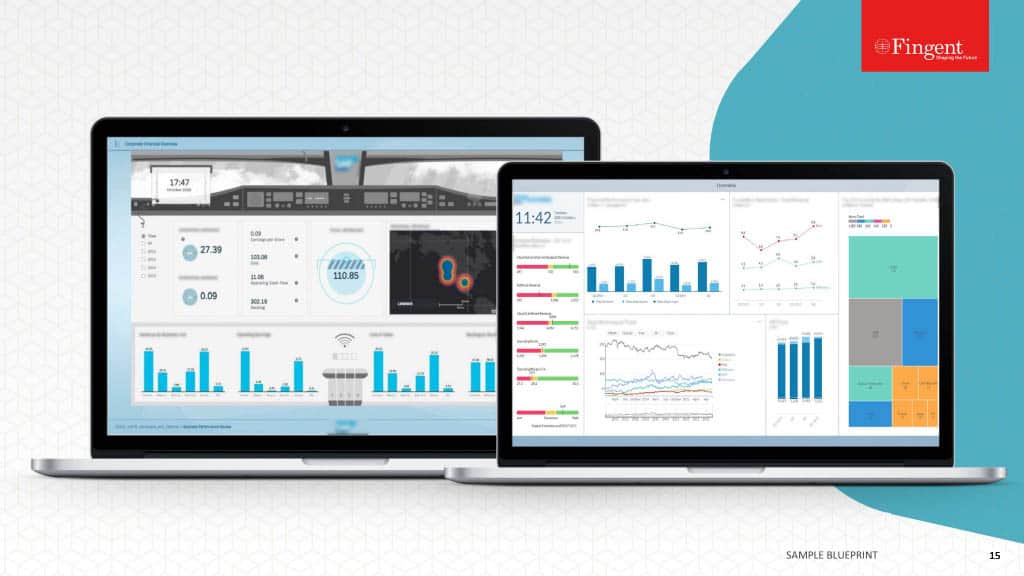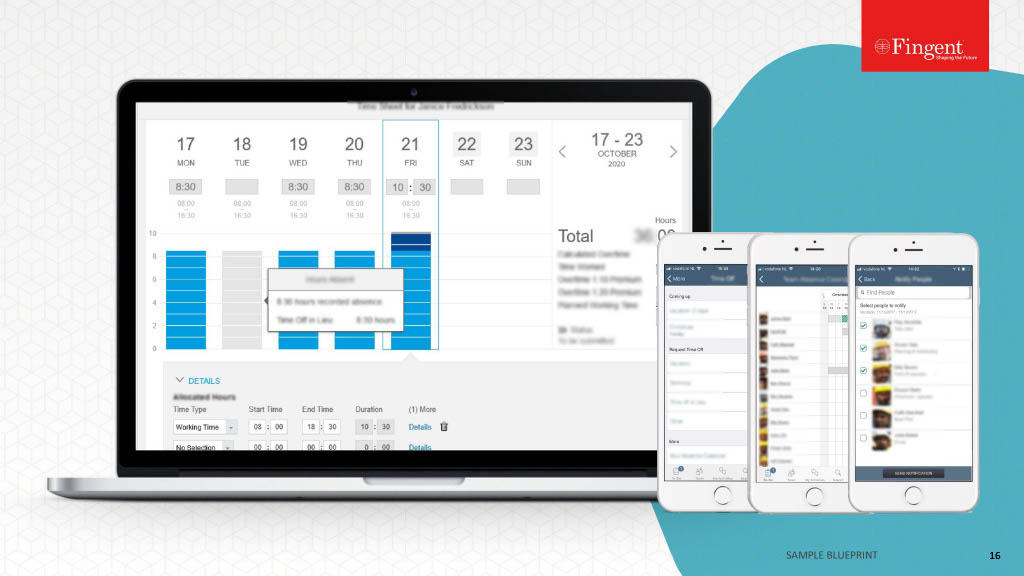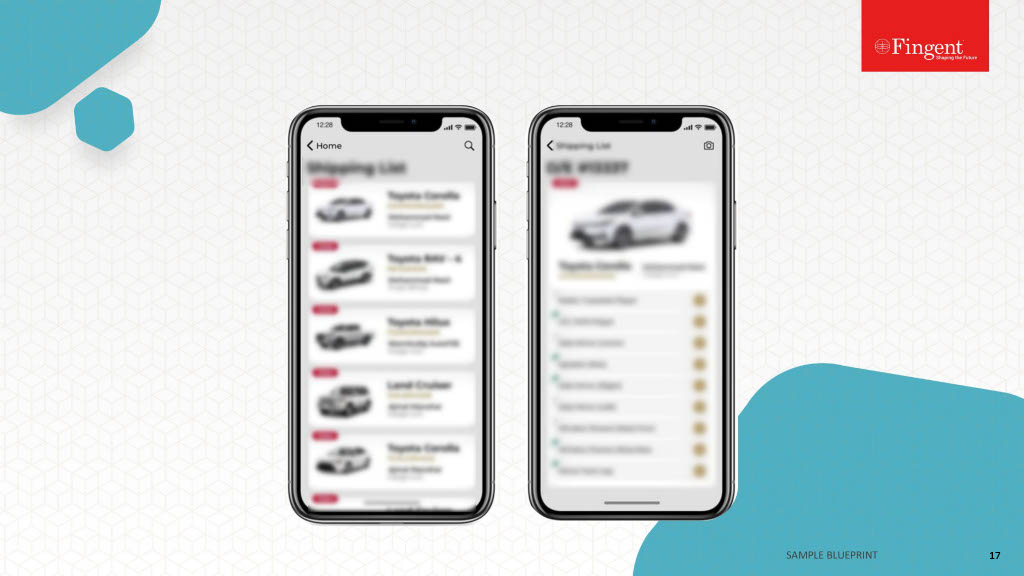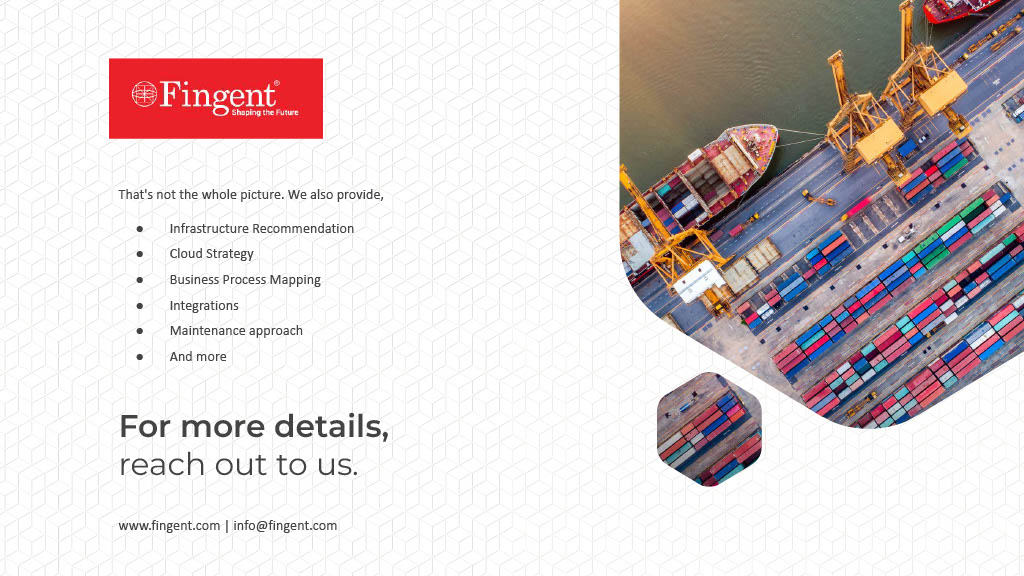Category: SAP
Step By Step Guide To Help You Choose The Best Infrastructure For SAP HANA
Businesses today are undertaking the move to SAP HANA following the 2025 deadline by the Enterprise giant SAP who assuredly states that after 2025, all its’ systems will be built to run on only a single database, which is SAP HANA.
Why Choose SAP HANA
Along with providing a single and secure environment for all your mission-critical data assets, SAP HANA can ensure an increased improvement in the total cost of ownership as it is capable of managing large chunks of structured as well as unstructured data.
SAP HANA is tailored to enhance business outcomes as it is one of the prime data management platforms that came into being first and also is competent enough to handle all transactions and also memory analytics on a single data copy. Data integration and quality are other 2 key characteristics.
On a second note, if machine learning and predictive analysis along with advanced analytical processing are paramount for your business, then SAP HANA is definitely the best choice as your data management platform.
In this era of digital reinvention, SAP HANA can reduce administrative efforts considerably now and in the future by rapidly improving application development capabilities in today’s digital landscape.
Related Reading: Read on to learn how SAP HANA adoption is the new game changer trend.
Ways To Choose SAP HANA As A Digital Growth Strategy
S/4HANA can be an integral part of a digital deployment and management platform for creating innovation and building business value for your company.
Also, obtaining real-time updates is crucial that SAP HANA provides along with big data analysis. When HANA is implemented into your SAP system, it helps in building an in-memory database which helps in providing faster execution. This can provide a wider digital reinvention strategy now and in the future to increase business outcomes. Let us now look at ways to choose the best infrastructure for SAP HANA and what it can offer to your business:
Related Reading: Find why should you choose SAP and how should you plan your budget for it.
1. Real-time problem solving
Real-time update paves the way into an increased business size. With SAP HANA, the data architectures have moved to complex data structures to provide a business process analysis using these real-time updates. The advanced analytical processing power of SAP HANA gets complex calculations performed in real-time and provides answers to the most pressing concerns in your business.
Also, creating visual insight-filled applications have been made easy with SAP HANA implementation.
2. Big data Analysis
Decisions are well-informed than ever before with the implementation of SAP HANA. Multidimensional analysis that leverages spatial and business data to create applications that overcome the performance of traditional databases.
SAP HANA can be thus used as the enterprise database for market-leading solutions.
3. All-Transactions On A Single Platform
SAP HANA is set up to be incorporated as an in-memory database system. High speed is a major advantage. Data integration and effective analytics contribute to the infrastructure.
Analyzing malicious use of the system and predictive analysis is thus made easier through this high-speed data processing technique.
4. Flexibility
Appliances and Tailored Data-Centre Integration (TDI) are the 2 major types of HANA platforms of SAP. This includes a pre-integration of both hardware and software systems. The integration of hardware can provide increased performance and response times. This also ensures key features such as peak performance, memory space, disk space, average load, CPU space, etc. These values are based on the various business processes, a number of users, other factors such as data retention times and much more.
5. Resilience Power
If long term performance is one among your core requisites, the SAP HANA requires the right infrastructure for faster in-memory execution. A proper environment and infrastructure can support application migration as well with ease before failures can happen.
For this, it is important to ensure that the data is not changing rapidly and unpredictably as it can cause the in-memory to slow down considerably.
6. Scalability
Statistics show that SAP HANA, though slow initially can increase the natural growth of structured data by about 20 percent yearly. Unlike other platforms, SAP HANA can take all the data onto the same platform, thus enabling scalability, in the long run.
This feature as it provides scalability feature for the company, it also provides the company with an added advantage of not having to implement fragmented deployments or other complex settings.
7. SAP Suite Of Comprehensive Services
Big data analytics, a well-optimized and simple data structure, and an incorporated in-memory database together under a single roof ensure a suite of comprehensive business services from SAP HANA that enables users to work with high speed and virtualization capability.
8. S/4 HANA Suite
When a user needs to migrate, the Suite on HANA is readily available. A Suite is a tool that can be used for migrating from databases such as Oracle to SAP HANA. It provides users with optimized objects and code that yields a better and improved business performance and migration.
9. Accelerated Insights
Multi-threading features in SAP HANA ensure the availability of insights for your business. This helps in analyzing what changes are to be made to the existing system or what new features to be incorporated are.
10. Spatial Solutions
The advanced analytical power of SAP HANA can help in real-time calculations. This helps in building a better forecast on how to approach your business for profitable outcomes and also to understand what SAP HANA integration can do to your newly transformed system. Spatial and business data are thus leveraged to gain solutions for a faster business process.
11. Data Protection
Business analytical processes demand protection. SAP HANA is well-structured to store hybrid applications from entry-level to large businesses. This also reduces data center footprints and increases performance.
SAP Insider has introduced ‘Iterative Sizing’ feature to analyze and measure system requirements. They are a 5-step process and is described as follows:
- Create a sizing project and enter relevant data.
- Obtain an initial sizing result for CPU, disk, and memory.
- Apply according to all SAP HANA guidelines.
- Check to verify all hardware configurations as provided in the SAP HANA directory.
- Provide the required SAP HANA vendor.
These 5 steps provide all the required steps to gather information about the infrastructure.
Related Reading: SAP Vs Oracle- Find who is winning in the race.
The quality operations of SAP HANA are essential as a good level of infrastructure build is required for the transfer of data to the server RAM from the disks. This can successfully implement SAP HANA into your business process. To get personalized assistance on choosing the right infrastructure for SAP HANA, get in touch with us today!
Stay up to date on what's new

Featured Blogs
Stay up to date on
what's new



Talk To Our Experts
Despite the industry buzz over the past few years, benefits realization and simple operational stability after go-live are arguably the biggest challenges companies are facing when implementing their new ERP systems. Recently, 60% of organizations failed to realize the business benefits they expected from their ERP implementations!
Among the business management tools available today, numerous studies illustrate the key factors to consider before choosing an ERP system for your business. The “Clash of the Titans” report by Panorama Consulting summarized quantitative results from hundreds of ERP implementations across the globe. The results showed that implementing the SAP ERP system, and implementing the Oracle ERP system produced very different results for different businesses!
For instance, an Oracle customer spends less on its implementation. Compared to this, a SAP customer is able to offer an implementation timeline that is relatively close to what was forecasted to be.
Another research considered a data set of over 2000 respondents from 61 countries, to illustrate the value of the people’s respective ERP implementation. The results showed that SAP held the largest market share of three vendors, with a 22% share.
The Key Factors That Make SAP Stand Out
- SAP or Systems, Applications, and Processes deal with data planning.
- The use of SAP has been compatible with large corporations such as Microsoft and IBM. Oracle, on the other hand, stands for Object Relational Database Management Systems (ORDBMS) and can be hosted in a number of platforms.
- SAP is a business management tool that allows real-time tracking in addition to the management of sales, finance, accounting, and human resources.
- SAP does not follow the traditional information system management where each management tool is considered as an individual system that operates independently.
- SAP integrates business applications using ERP (Enterprise Resource Planning Software) and on the other hand, Oracle, an Object Relational Database Management System (ORDBMS), is used in enterprise environments.
- Development and deployment in SAP can include Oracle as a database system as it can be integrated with numerous databases.
- SAP performs with a single information pathway alone for their entire enterprise and all other common information.
- SAP applications cannot interact with their own systems but can interact with other processes in order for tangible business events to happen.
- SAP ensures easier functions of management. This includes integration and other functions.
- The SAP model runs on a programming language of the fourth generation. It is known to us as Advanced Business Application Programming (ABAP).
Related Reading: Check out how SAP HANA technology is the new game changer for industries.
On the other hand, Oracle is an Object Relational Database Management System (ORDBMS) that comes from the massive Oracle Corporation.
The Oracle Database Management System is created with at least a single instance of a particular application. These specific instances are specific processes of the operating system, also benefit the storage!
In a nutshell, the key differences between Oracle And SAP are as follows:
| SAP | Oracle |
| The highest share of the market | Highest selection rate when shortlisted |
| Highest short-listing rate | Longest implementation duration |
| Lowest selection rate when shortlisted | The highest delta between planned and real implementation time frame |
| Longest payback period | The tiniest percent of users who realized between 81- and 100-percent of its advantages |
Related Reading: Find reasons why you should use SAP and how you can plan a budget for it.
Who is King In The Area Of Business Software?
SAP and Oracle compete mainly in the areas of Business Software like ERP, CRM, and SCM. SAP is said to have more installs than Oracle in bigger companies. Let’s have a walk-through across some key reasons:
-
SAP Being The Pioneer
SAP ERP ran to the list first. SAP was already well established as a full ERP solution when Oracle was just starting to establish a Financials package for companies! By virtue of being first, SAP is well embedded in this environment.
-
A Much Better Integrated Solution
The core SAP ERP modules were built from scratch to full integration. So when a change is made, all other related modules are updated immediately. This comes useful when you extend it with a CRM or SCM functionality.
-
Mind-Share And Brand Recognition
Most companies/ people tend to have considered ERP implementation also as a status decree! They believe it increases their brand value.
-
Support Factors
SAP has a much larger pool of developers and consultants with a much larger installation base!
Read: 5 Tips For Getting The Best Out Of Your ERP System
CIO Strategies Matter! – How SAP Drives Ahead Of The Game!!
There are several case studies to validate why SAP is preferred over Oracle by many Business and CIOs. They are as follows:
-
SAP being the pioneer in ERP implementation
As SAP has been the leader and the pioneer in implementation, it preferred over Oracle with a brand value which indicates ERP leadership and preference.
-
SAP is an in-house built product
SAP was built in house. It has worked with industry experts to evolve the ERP processes and is able to build a robust solution. It allows customers to customize SAP functionality and yet get the client specific processes defined in ERP.
-
Robust integrated and scalable ERP
SAP has designed a highly integrated ERP which has world-class performance and scalable to multiple solutions. It also easies integrations with 3rd party solutions.
-
IS –Solutions
SAP has provided additional IS solutions which are optional but they allow businesses to have specialized processes on single ERP which is well integrated and reap benefits for “best industry solutions”
-
SAP Analytics
Integration on ERP and BI is notable and provides unbeatable performance and flexibility to define reports. Analytics based reporting Management to take real-time decisions
-
SAP Support services
SAP provides class support services which give Business assurance of resolution in critical situations.
-
SAP provides implementation methodology and Best practices and Tools
These tools provide a fool-proof implementation road map and reduce risks during the course of implementations. Following this guidance one can implement SAP in as less as 4 months; which means faster ROI.
SAP HANA with its “in memory” capability ensures super speed of processing data. The new UI solutions via Fiori give top class User experience.
In a nutshell, hiring the best qualified, focused and unbiased ERP can make your business more successful. So stay focused with our latest articles and blogs on SAP versus Oracle ERP implementation to go-live successfully!!
Stay up to date on what's new

Featured Blogs
Stay up to date on
what's new



Talk To Our Experts
Why is SAP HANA considered a Game-Changer?
Advanced data crunching abilities of today’s technologies are hungry for their watermark moment! The older technologies are not being dexterous enough to meet with the needs of today’s businesses. So, in February 2015, SAP released ‘Business Suite 4 SAP HANA’, or ‘SAP S/4HANA’ for short, as a replacement for its predecessor, ‘SAP R/3’ and ‘Business Suite’ platforms.
This change will not only affect their existing clients but also the systems integrators (SIs) because they have built their businesses by promoting firms adopt and customize SAP applications!
In-Memory Technology of SAP HANA – The Game Changer
S4/HANA will run on the SAP HANA database platform alone. The previous enterprises could prefer databases from other vendors such as Microsoft, Oracle, and IBM. SAP HANA is considered much more innovative in functionality than its older version. Let’s find why exactly SAP HANA is considered the game changer!!
Related Reading: Learn why should you choose SAP and how you can plan your budget for it.
What Makes SAP HANA Create A Material Difference To Business Success?
HANA is a High-Performance Analytic Appliance. It is an in-memory platform for processing high chunks of transactional and operational data in real time. The in-memory technology provides prompt responses to queries without any waiting time. This is considered a game changer in the industry as the whole database is stored on the server memory for real-time analysis. The processing is with the data stored in disks where analysis is done in increments via redundant disk read-write activity.
According to SAP, adoption trends of SAP HANA by clients is constantly mounting across multiple industries with already 6400+ customers using this platform. This number is likely to grow in the year, according to SAP.
- Rapid forecasting and business strategy development without delays
- Business performance can be monitored better in real time
- Improved marketing campaigns through data analytics
- Prevent unplanned disruptions and avoid risks in business operations
- Accurate business decision making.
Time To Enable Some real-time functionality to analytics – SAP HANA does it ALL!
Enabling real-time functionality to analytics, business applications and data services are the highest priorities of CIOs. SAP HANA is the biggest, game-changing technology to impact these initiatives.
Key business drivers for SAP HANA adoption
- Real-time Analytics and Dashboards – SAP HANA permits information to be displayed dynamically without the need for aggregation. It can be presented in different dimensions for decision making and also for verifying business progress. Using real-time or historical data with prebuilt predictive libraries, analytics can be performed well.
- Data warehousing – Streamlining of data is important for better management. SAP HANA does this by offering predictive analytics. Thus trends are identified and it becomes easier to take better decisions on business strategies.
- Optimized Business Functions – SAP HANA runs with the in-memory technology that accelerates application performance. It helps in providing real-time reporting and also in offering BI tools. SAP HANA can run complex ERP or MRP applications to customize information using real-time data. This is how the firms that use SAP HANA are able to act promptly and adapt to changing business requirements or the latest market trends!
- Big data Rules – Gaining business insights and targeting clients with personalized offerings is the prime motive for any business. Big data analytics is used for the same. For this, HANA suite offers big data development and analytics tools.
- Swift And Accurate Decision Making With Automation Advances – Advanced analytics feature in SAP HANA can be used to transform business insights into actions for swift and accurate decision making in businesses.
Adoption Of SCRUM Framework – SAP HANA is Undoubtedly A Game Changer
SAP has adopted SCRUM as the framework and this helps in performing operations in short, iterative cycles.
SCRUM uses ‘time-boxed’ iterations. These iterations are termed “sprints. The objective of every sprint is to build a tested, workable piece of the system, that is ready to be released to production. These iterative cycles are based on the ‘Lean’ principles of software development. This helps in carrying out detailed analytics in real-time and on a transactional system directly. This is exactly why in-memory computing and SAP HANA are termed game changers because they function with such a powerful framework. This platform also provides a package for integrating multiple data sources. It also helps to perform various types of analytics that is, predictive, spatial, text, and so on. It can run simultaneously with SAP ERP software where analysts can access real-time transactional data instead of waiting to run daily or weekly reports.
Related Reading: Confused between Odoo CRM and SAP CRM? Learn how to make the right choice.
SAP HANA To Provide Real-Time Access To Business
Eliminating duplicate data and expensive data storage and improving query performance are features provided by SAP HANA along with real-time data analytics and support for end-user adoption. HANA Enterprise provides the most value and flexibility for higher BI solutions along with providing solutions for organizations that have a lot of non-SAP data, need real-time replication or require complex data transformation, cleansing or merging,
SAP HANA does not need additional software for data access. HANA Enterprise enables business users to immediately access their analytical data in real time, in a single environment, without affecting existing applications.
Read more: Transforming Business with SAP S/4HANA Cloud
SAP HANA Technology – The Economic Impact
With the cost-saving efficiencies of SAP HANA, the software development costs for enterprises reduced by almost 70%, administration costs reduced by over 20% and hardware spending reduced by 15%. Thus, SAP HANA is clearly proving to benefit organizations in both ways, that is, to business and technology.
SAP discloses that the adoption of S/4HANA has doubled year over year to more than 5,400 customers as it published its full-year financial results.
With its potential to process large chunks of data in server memory by combing the capabilities of database, data-processing and application platform execution. SAP HANA is considered to be the next major breakthrough in enterprise IT.
All of us in IT are aware that better business decisions are made only when data is available in a meaningful format and at the right time. It is time to extract the benefits out of SAP HANA for successful business execution. Keep your eyes clapped on our latest articles about SAP HANA to learn more!!
Stay up to date on what's new

Featured Blogs
Stay up to date on
what's new



Talk To Our Experts
The rapid diffusion of digital accessibility among all generation of consumers has led to an increased prominence for customer-focused strategy in many businesses. There are several cases of companies on the brink of bankruptcy or acquired by larger corporations even after producing superior quality products. This is because they were unable to cope with the advanced marketing and sales activities of their competitors. Companies such as Toys “R” Us, Abercrombie & Fitch, H.H. Gregg, Aerosoles, Compaq, BCBG, etc. could not get along with the increasing competitive pressures, changing customer behaviors, emerging technologies, and global sourcing.
Thus relying on an optimal Customer Relationship Management software has indeed become the need of the hour for both established businesses and startups alike. It enables them to fully utilize the digital capabilities in having flexible business models, innovative customer interaction, and identifying new sales channels. Moreover, with the increasing relevance of data and user privacy, organizations should remain versatile to change their customer engagements and marketing strategies.
In this context, this blog discusses, compares and guides business analysts in choosing from two different CRM software – SAP CRM and Odoo CRM system. These CRM systems were chosen, keeping in mind the versatile Enterprise Relationship Management (ERP) capabilities they offer for organizations planning to upgrade their business lines. These include Human Capital Management, Financial, Supply Chain Management, Supplier Relationship Management, Warehouse Management, Logistics, etc.
Moreover, this comparison could provide a general methodological framework to compare any other ERP systems to satisfy various requirements. The parameters of evaluating the software are selected based on the key inputs obtained from numerous consultations that we undertook across various industry satisfying business, stakeholder, solution, and transition requirements. These are:
- Functionality and Customizability – The major demands of new generation sales and marketing along with established practices should be supported by the CRM system. As organizations would not like to change their current proven business practices, the system should be versatile enough to have varying levels of customization.
- Usability and Mobility – When it comes to luring and engagement of customers, you need a CRM software that is easy to use and comes with a high degree of mobility. Customer details and their buying parameters at a crucial time could increase the chances of winning an opportunity.
- Time of Implementation – Unlike an ERP, you need to have an urgency in implementing a CRM system, as who knows, you may be missing out a high potential customer that could have changed the future of your company. In addition, the ease of migrating the legacy data to the new system should also be considered.
- Analytics and Business Intelligence – There is a great level of importance for the analytics and reports that provide an insight into the unknown buying patterns and other opportunities. Moreover, the massive data produced by the customers and other entities in social media and other digital platforms should be analyzed and monitored to keep up with the brand name and credibility of the organization.
- Cost and ROI – The investment costs involved in rolling out a CRM system includes the cost of software licenses, implementation, customization, hosting the server, subscription, maintenance cost, and so on. The returns involve tangible and intangible benefits such as an increase in revenue, customer base, brand value, customer satisfaction etc.
- Upgrades and Support – Software upgrades are significant for CRM systems due to the increasing novelty of customer engagements and evolving privacy regulations. Marketing requirements keep changing frequently. As a result, support and upgrading of the software become crucial to keeping up with the market demands. This support could be obtained directly from the vendor, implementation partner or local specialists.
- Scalability – Scalability in business applications ensures smooth functioning in an organization as their business expands. Moreover, the company would be able to invest in applications according to their use without any worry over future expansion.
- Integration with other Modules – It is a daunting task to integrate business software and enable them to talk with each other. There could be restrictions in integration, which creates a superior CRM system unusable in an organization.
SAP Versus Odoo CRM
-
Functionality and Customizability
While looking at the functionality of any CRM system, we need to perform a detailed analysis on the customization part that determines whether it is functional enough for actual usage. Through a quick analysis, we could infer that the functionality in SAP CRM systems seems to be lucrative with the addition of a Hybris suite of applications. These functionalities will cover the sales, marketing, and services related functionality in detail.
Moreover, it can also cover the business process across various industries such as retail, real estate, etc. Odoo, on the other hand, leads in terms of functionality with its modular structure. Users particularly SMEs could simply deploy new modules based on their needs to expand its functionality so that it suits their requirements well.
-
Usability and Mobility
Even though SAP application is robust and superior in terms of features and backend architecture, Odoo scores in extracting data from outside the organizational boundaries to enable greater usability and mobility. In an SAP environment, you require separate systems like the Netweaver gateway in addition to regular security systems such as firewall and reverse proxy setup.
But once the architecture is in place for SAP, we could use the Open APIs, which includes the rich set of OData and SOAP web services to create customized mobile applications. Odoo applications are compatible with mobile devices and as we choose the right template, it turns out to be a very responsive web application.
-
Time of Implementation
The time of implementation is closely linked to the level of customization offered. Odoo is the preferred application when it comes to the time it would take to make an instance into a working application if there are no customizations required.
There are certain restrictions in the level of customization that could be done in both the applications. Based on the complexity, the time to create a Minimum Viable Product (MVP) would vary. In our experience, clearly Odoo applications outpace in which we could Go-Live a CRM application.
-
Analytics and Business Intelligence
Analytics and business intelligence is crucial in closing critical deals and the pace at which it is received. The quality of data generated from SAP CRM systems is of superior quality. But if we cannot access them on the go, it may work toward its disadvantage. SAP Hybris systems could easily be integrated with an in-memory database such as HANA and could identify critical patterns from the big data.
-
Cost and ROI
It is a fact that the cost of SAP systems are much higher compared to Odoo. Odoo application contains a community version, which you could obtain under a free license (GNU AGPLv3). The absence of license fees is a notable boon of Odoo as it allows you to allocate that budget for customization and implementation. The community version can be obtained for a price of $100 for a single user per month (varies with country).
The cost of SAP CRM systems is not available openly. You need to contact their sales representative to obtain a quote based on your company size and feature requirements. Apart from the licensing and customization costs, you need to calculate the implementation and maintenance cost along with. The cost of customization of these features needs to be analyzed further considering the cost of the resources required to make those changes.
For example, the cost of an SAP Hybris developer is $86 per hour whereas it is $49 for a Python developer (for customizing Odoo application) according to payscale.com website. This will have an impact while calculating the cost of the changes. Return on Investment (ROI) varies based on your business and will play a crucial role in selecting the software and also in acquiring the funding. You could use the online tool provided by Forrester Consulting to calculate the ROI of SAP Hybris product.
-
Upgrades and Support
The upgrades and support for Odoo community version are provided solely by in-house developers or via crowdsourced initiatives. There are several modules created by various third-party organizations that could be further customized and integrated into both the community and enterprise versions of Odoo. The enterprise Odoo version and SAP products receive regular upgrades and support from the company to an extent.
-
Scalability
The scalability of Odoo or SAP application is possible from an architecture perspective. Depending on the mode of deployment as if we are having the online version as SaaS product or in-house deployment, it has an impact on the possibility of scalability. You could tweak your licenses to easily increase your per-user usage of Odoo enterprise applications in the cloud.
-
Integration with other Modules
Both Odoo and SAP application provides APIs that could be easily integrated with other applications or ERP systems.
Summing Up
In conclusion, it is hard to give a clean verdict on which application is the ideal CRM platform to choose as it depends solely on your requirements. The choice is entirely yours, as Odoo edges out with it’s affordable, modular and highly customizable application. SAP, on the other hand, is the proven industry leader and is built to fit in with enterprise requirements with its backward compatibility feature. Fingent has wider experience in evaluating the requirements to suggest an appropriate CRM application that could transform your sales activity by making it more productive and quick.
Benefits of an Integrated CRM – Odoo Experience[Source: Odoo]
Stay up to date on what's new

Featured Blogs
Stay up to date on
what's new



Talk To Our Experts
SAP, which stands for Systems, Applications and Products is an Enterprise Resource Planning (ERP) system by SAP AG, world’s largest inter-enterprise software company based in Germany and the fourth-largest independent software supplier in the world. The basic idea of SAP was to enable employees/customers interact with a common corporate database for a broad range of applications used in companies. SAP applications have the ability to store, analyze, retrieve and process the enormous corporate data from production, operations, Human Resources, finance, distribution, and other business processes in the company. In 2015, SAP concentrates on five major market categories: Applications, Mobile, Analytics, Cloud and Database & Technology. SAP provides its products and services to more than 296,000 customers distributed in 190 countries that span small businesses to large multinational leaders, like IBM and Microsoft.
Why SAP?
- Medium sized companies face the challenge of limited resources (IT staffs, budget, and skills) and therefore, need to balance between appropriate levels of business value, functionality, support, and costs.
- Gartner forecasts that BI, performance management, and analytics will be widespread by 2020, unfortunately, midsize businesses are still struggling to go beyond fundamental reporting and analysis.
- With their very limited resources, midsized businesses will need an all-encompassing system that is affordable, easy and capable to support the company’s growth and efficacy.
- Increased adoption of mobile, Big Data (increases at over 40% every year), social networking and cloud computing in enterprises have all necessitated the need for change from the traditional technology stack being used in companies.
- Customers are seen to spend less on hardware and services, and are heading to software-based innovation, social or collaboration technologies in cloud.
SAP adapts all these changes and lessens the weaknesses, making people centric cloud applications that cross the traditional boundaries of enterprises. These enable ubiquitous mobile friendly scenarios that empower new business models in developed and emerging markets. These solutions help to increase visibility into the business via real time notifications, reporting etc., which in turn favors better planning and forecasting of processes. It allows businesses to streamline their business processes through proper standardization, better performance and provides deep insights into their business.
SAP has numerous “run your business” products, for example, SAP Business Suite that is an integrated and diverse set of software modules for running businesses of any size; SAP Business-All-in-One that is a packaged set of software modules pre-configured for small and medium sized businesses with about 450 employees; or SAP Business one, which is a software package for small businesses.
According to CMI analysis, the market opportunity of SAP Business All-in-one is expected to rise up to $65 billion worldwide in 2016, across all its five market categories. SAP Business All-in-One, for instance is a very strong solution that satisfy the requirements of medium sized companies by integrating with their core ERP and innovations (SAP HANA Live, Fiori, Mobile) combined with local expertise and industry best practices. It is an ‘all-inclusive’ solution for medium sized companies that will significantly reduce the need for add-ons, reducing the costs and complexities, and accelerating implementation. It has flexible deployment options to satisfy capital and operating structure needs that includes subscription based hosting and deployment to the cloud.
SAP Pricing
Let’s consider for example, SAP Business Suite, the installation of which primarily requires 2 license models that are offered separately: a software license and its associated maintenance and support services. The software license is paid at the time of purchase. These licenses are perpetual without restrictions. The license fee varies according to the modules installed and the hardware the company currently runs in. The support and maintenance services provided by SAP for its licensed software are done for a recurring fee.
SAP business solutions has base ERP foundation and can be extended with application extensions as required by the industry vertical or line of business processes that are to be supported. Licensed third party products from SAP are generally considered as SAP applications and the maintenance and support of such applications differs from the SAP maintenance and support mentioned in previous paragraph. Third party software license included as a part of SAP products are required to use these applications in association with SAP software.
SAP licenses its software through a combination of Named user licenses and Package licenses. SAP pricing therefore encompasses per application licensing costs and per user licensing costs. Now, Depending on the package being licensed, the application licensing costs can vary depending upon a number of factors like: Application Module, number of employees, number of orders, revenue, Master Data Objects, number of plants or locations, number of customers, flat fee, and number of Users. Any user using the licensed packages needs to have the appropriate Named User license with different costs and capabilities. For instance, the Named user license cost and permissions for a developer will be different from that of a service user.
SAP Business Suite then requires a licensed, SAP compatible database which can be obtained from SAP or other third party vendors (Oracle, Microsoft, etc.). The costs of these databases vary based on factors like its features, size, number of cores, number of current sessions, memory of server and number of users. It should be then configured according to the SAP applications deployed in the business, with necessary server memory, hardware availability and processing power capabilities.
How to calculate Contract Price?
1. Add the list prices of SAV relevant price list items to determine the SAV (SAP Application Value): SAV is determined separately for discounted and non-discounted price list items and excludes all non-SAV items.
2. Apply the correct percentage to SAV to calculate the Database price. Calculate the discounted and non-discounted part of the database price separately.
3. Determine list price for the non-SAV items (items that don’t contribute to the SAV): the list price subtotal for discountable and non-discountable non-SAV items is performed separately.
4. Determine the Total list price: The sum of above three values (which is the sum of discountable and non-discountable part of SAV, database price and the non-SAV value).
5. Based on this total list price, calculate the Standard volume discount percentage.
6. Calculate Contract Price: apply the above discount percentage to discountable part of the total list price and add this result to the non-discountable value of total list price.
For a mid-sized company offering services, having about 250 employees (~100 users), a SAP Business All-in-one solution can cost around $579,700 USD including the SAP software, implementation services and Hardware. This will include modules like, financial accounting, Controlling, Materials Management, Sales, Manufacturing, Research & Development, Services, and Cross Functions and Analytics. Each of these has its own sub-modules, for example, in the Financial Accounting module the submodules covered by SAP All-in-one solution are: General Ledger, Accounts Receivable, Accounts payable, Period end closing financial accounting and Asset accounting. Similarly, you can calculate the SAP All-in-one solution estimate for different industries of different size.
What we said above is just a rough estimate; generally the cost of the business management software you opt depends on how you deploy it, covering 5 major areas like: Deployment model (where you can pay upfront), Software Licensing (costs vary according to the number of users and access types required), Implementation (Cost varies according to business requirements), Hardware (depending on your current hardware, you may have to plan budget for upgrades or new equipment), and Maintenance: maintenance and support services, upgrades, new releases cost etc.
At Fingent, we have helped enterprises start, manage and master SAP and non-SAP solutions using solution manager platforms, to improve their operational efficiency and lessen the business challenges. If you wish to automate your IT processes with SAP services, and would like to know the detailed structure, costs of implementation or any related information about it, get advice from our SAP experts.
Image credits: 360b / Shutterstock.com
Stay up to date on what's new

Featured Blogs
Stay up to date on
what's new



















